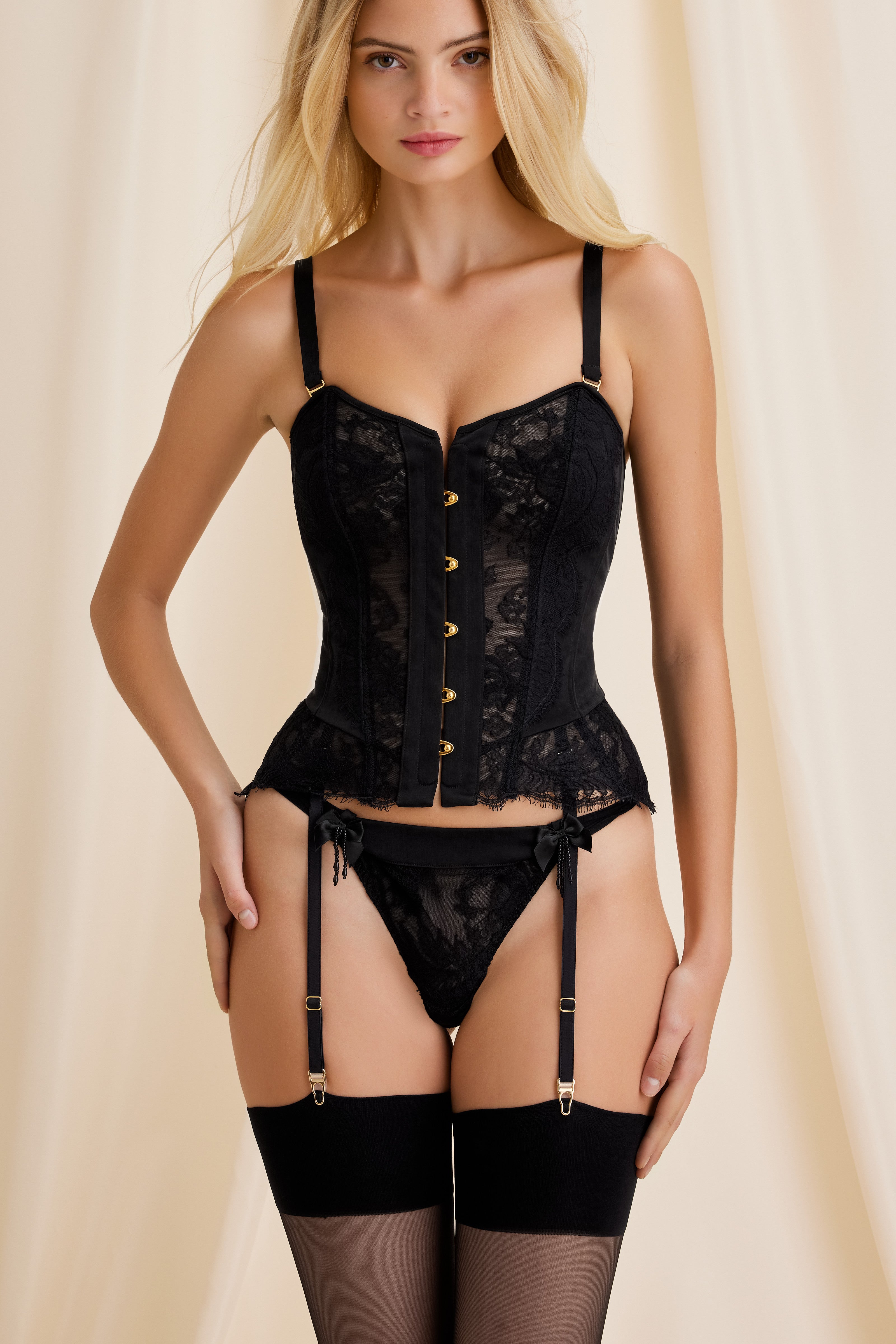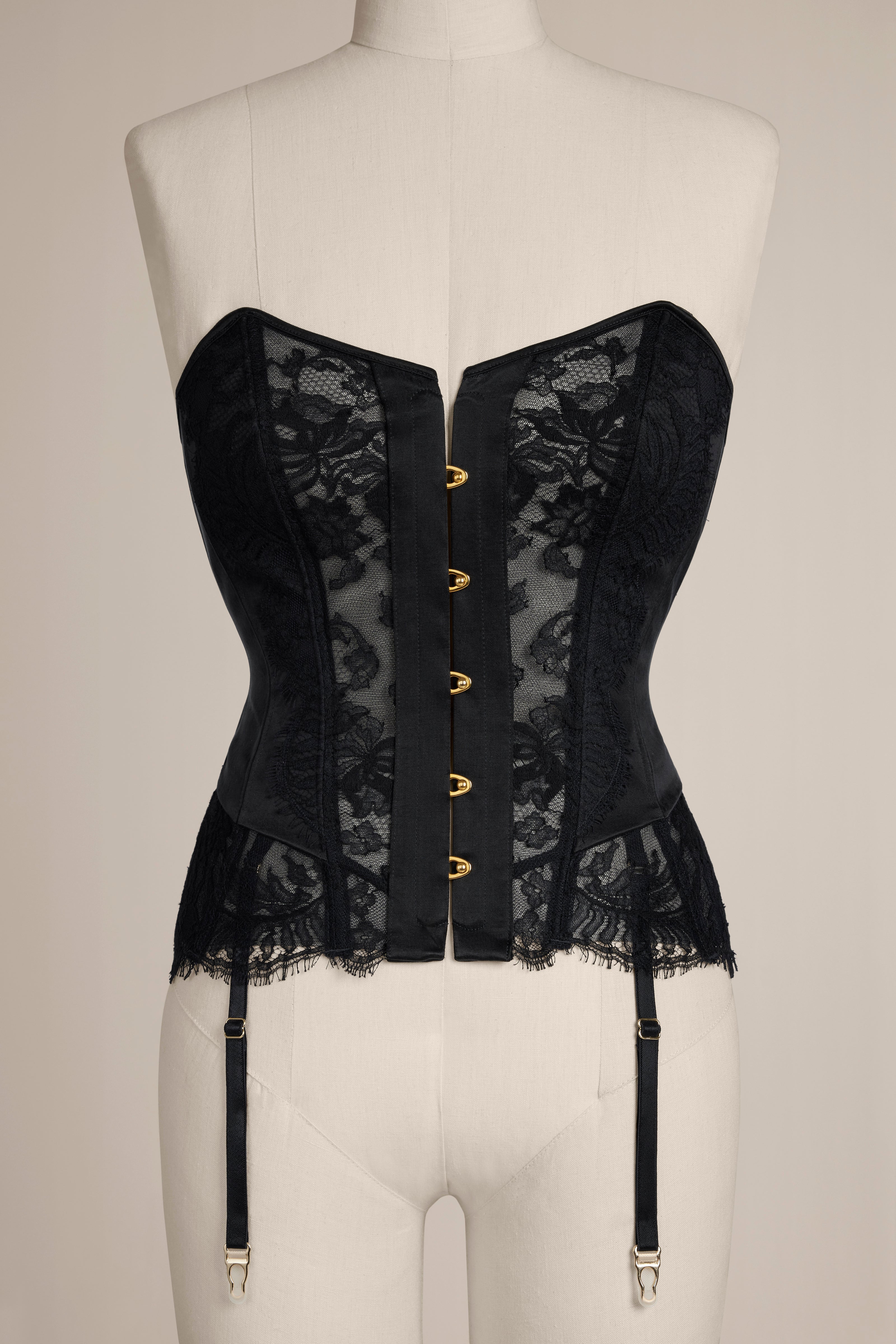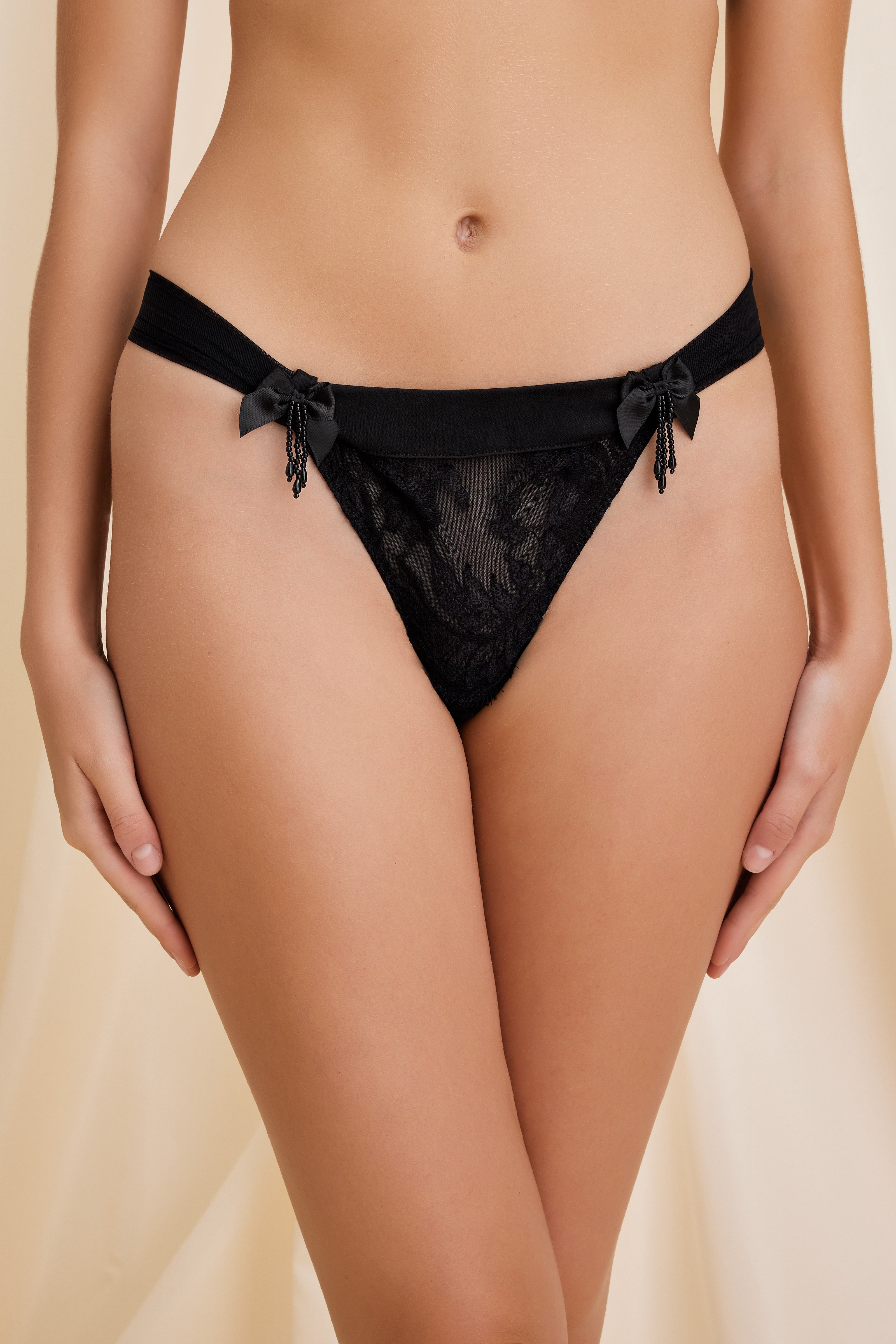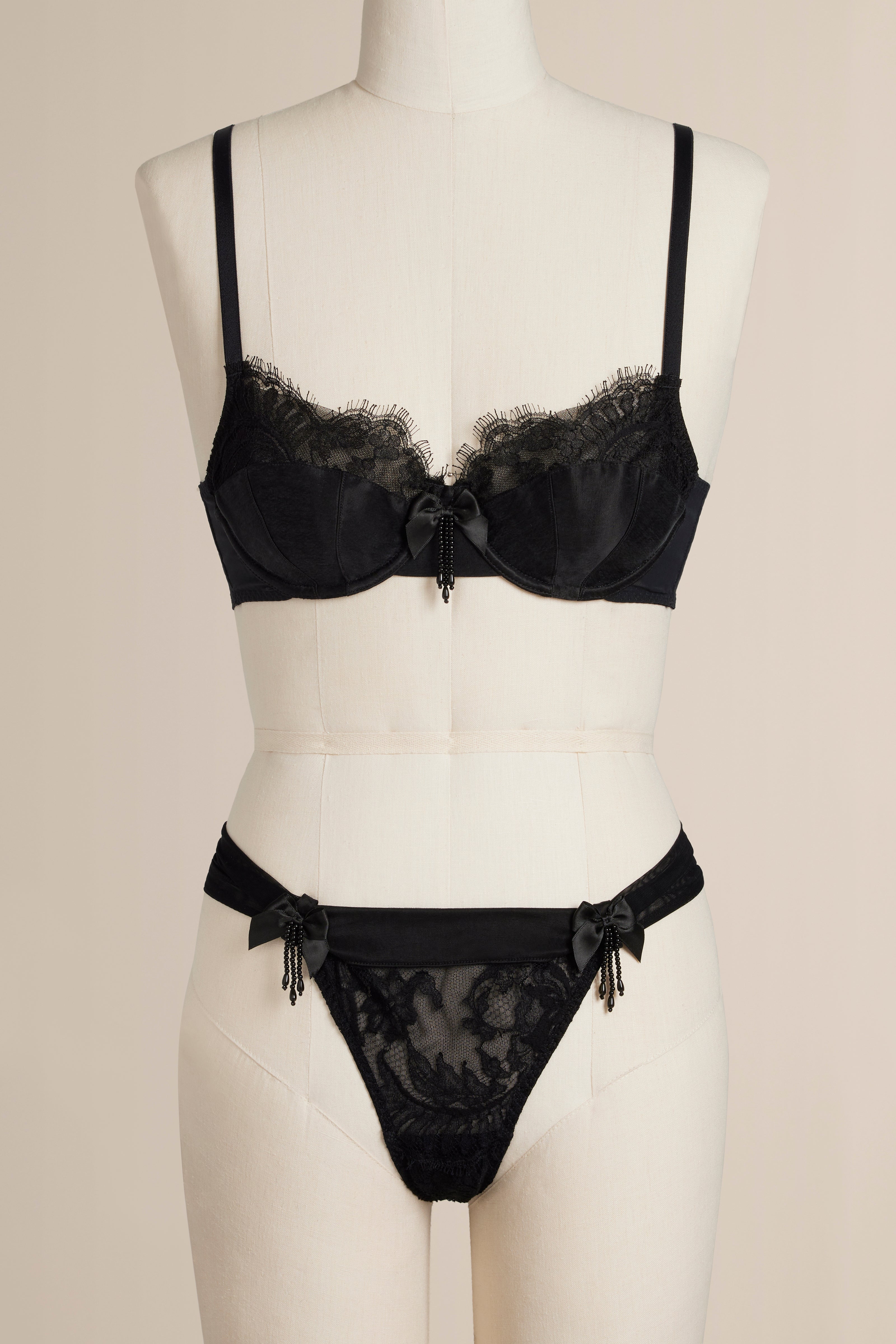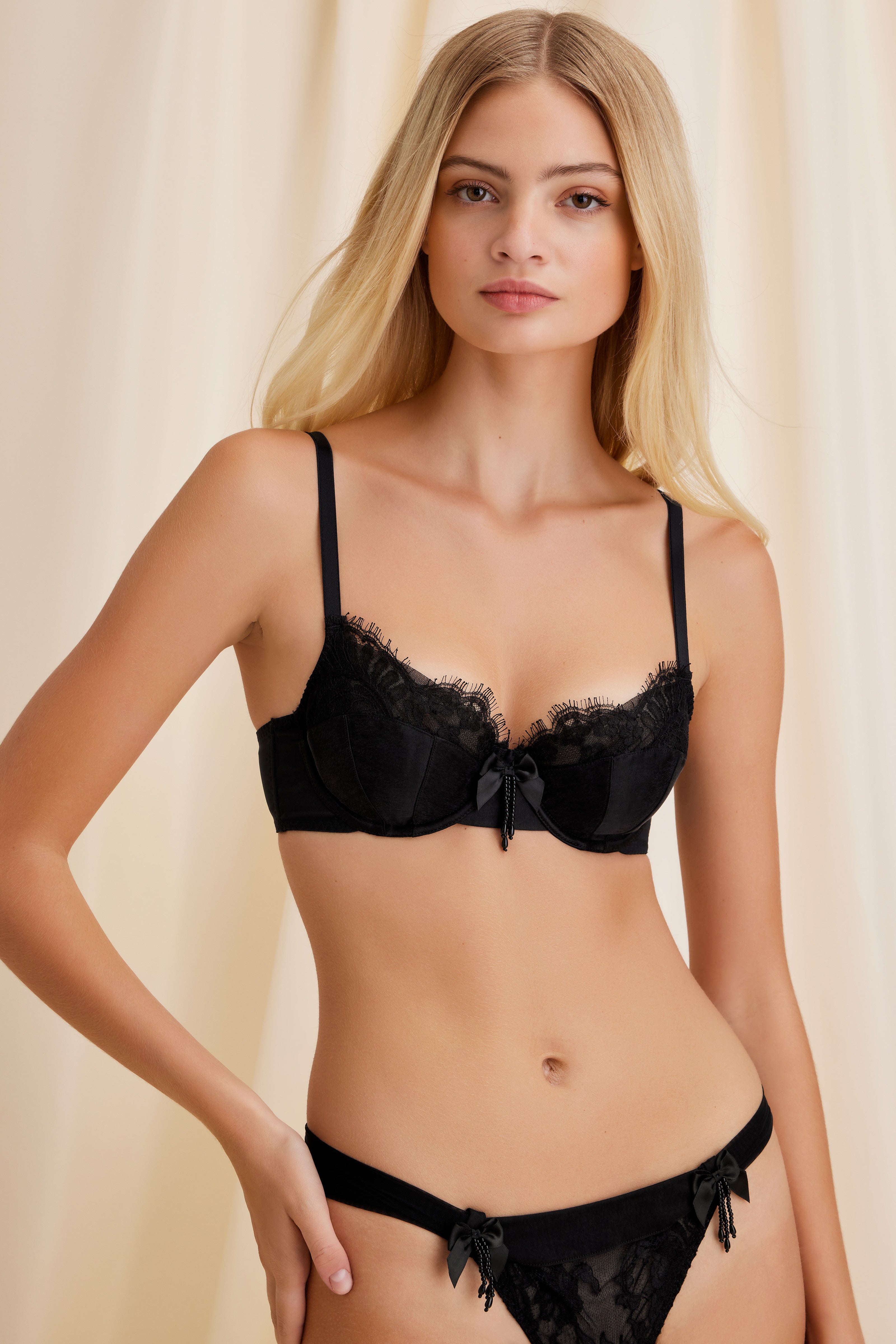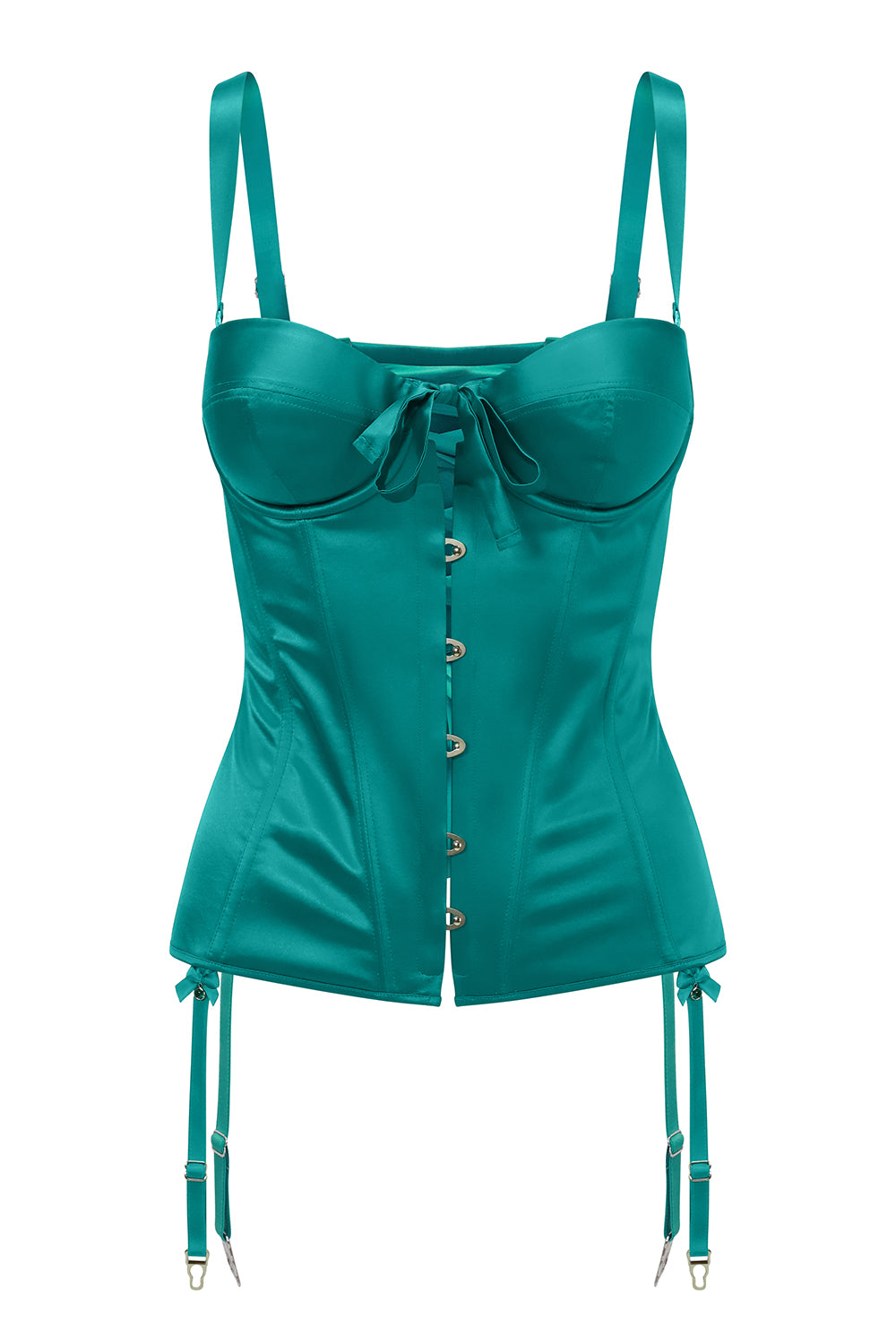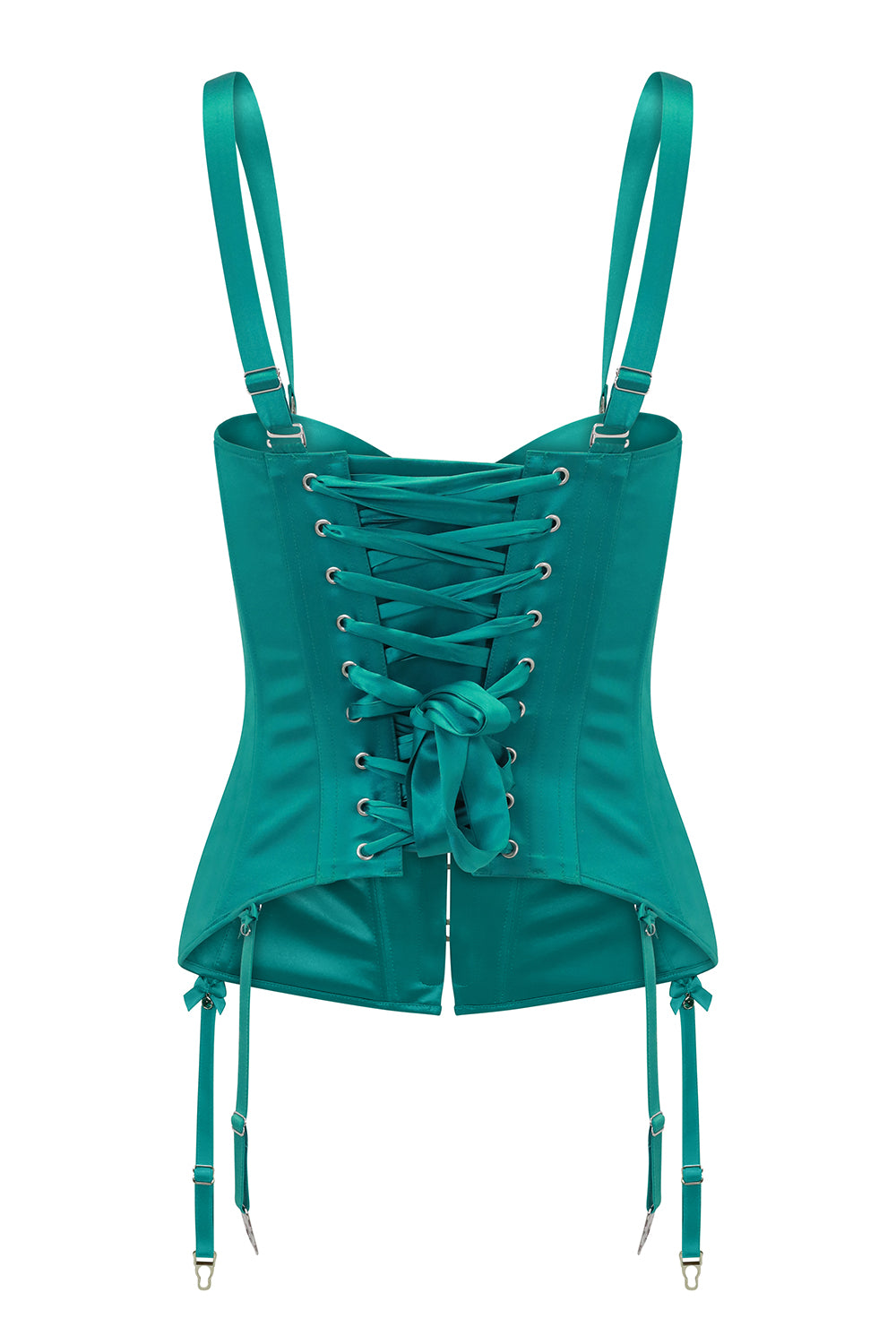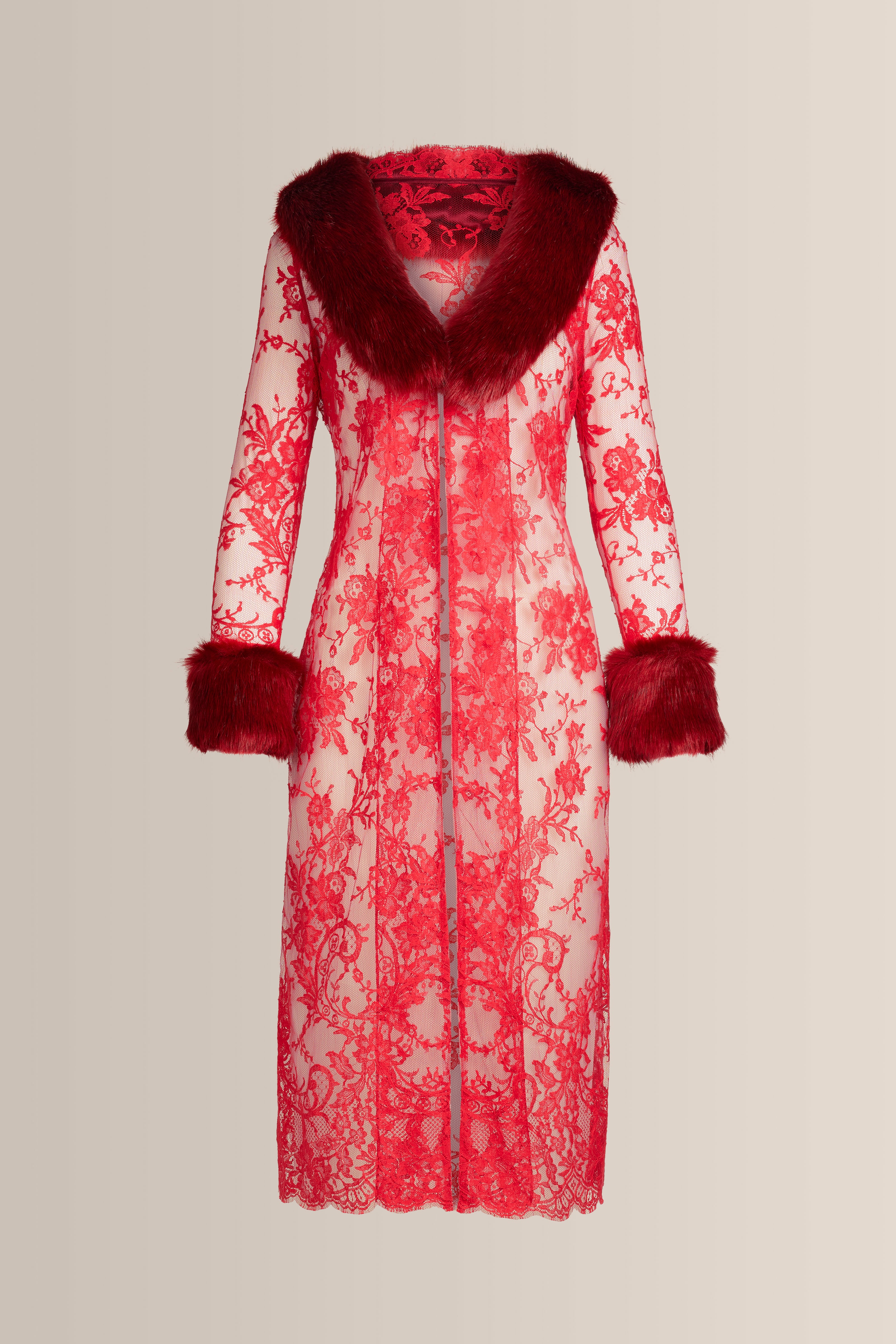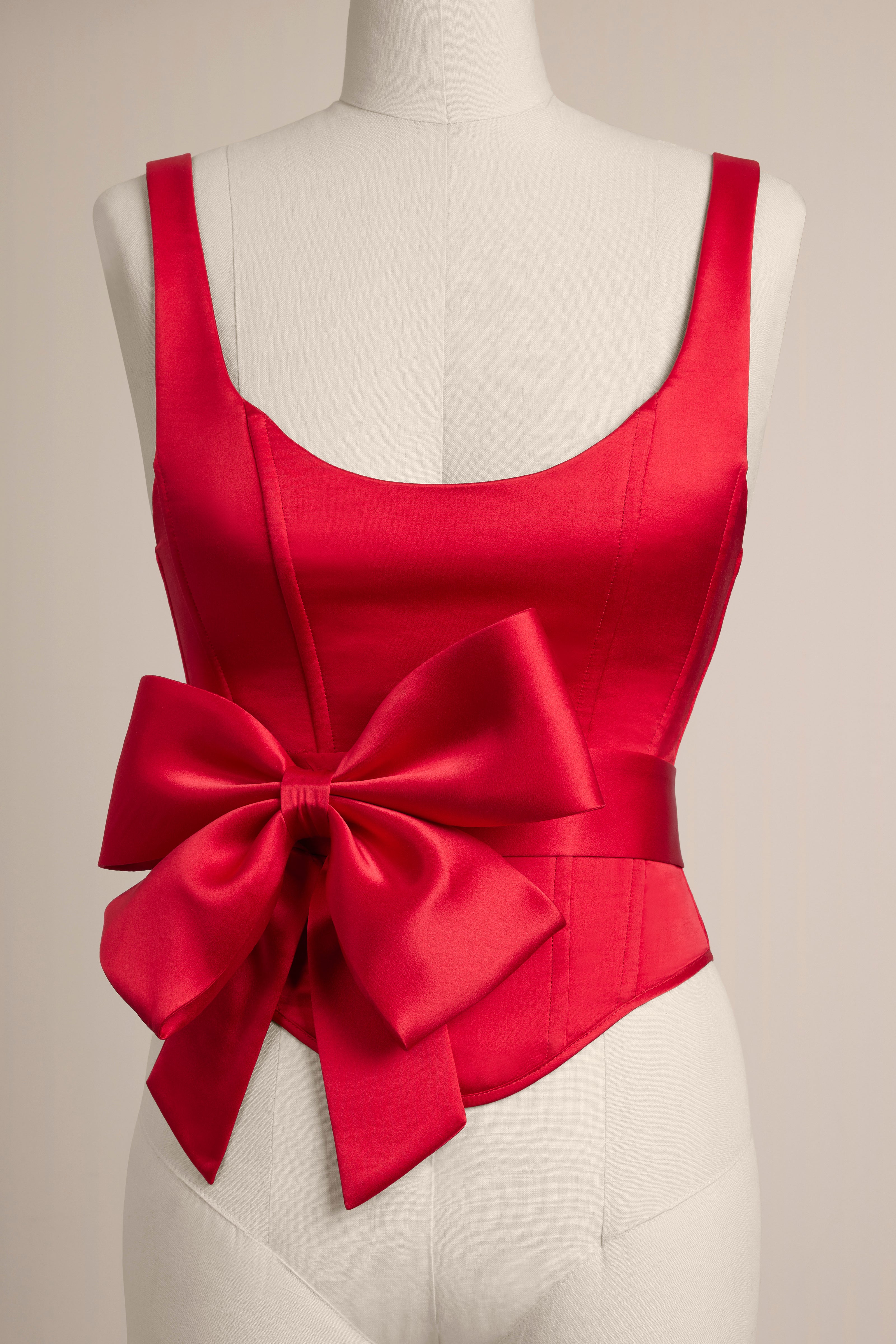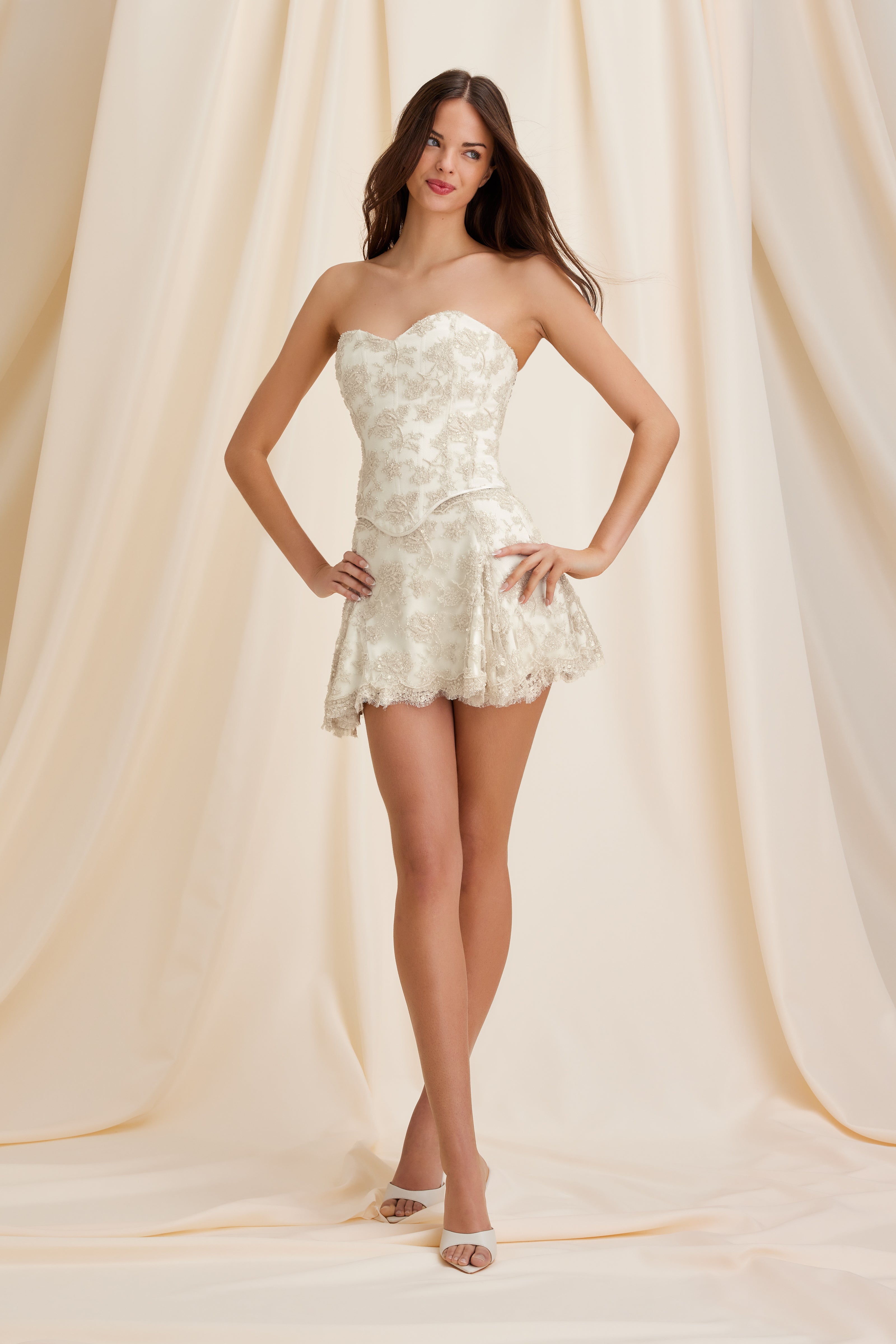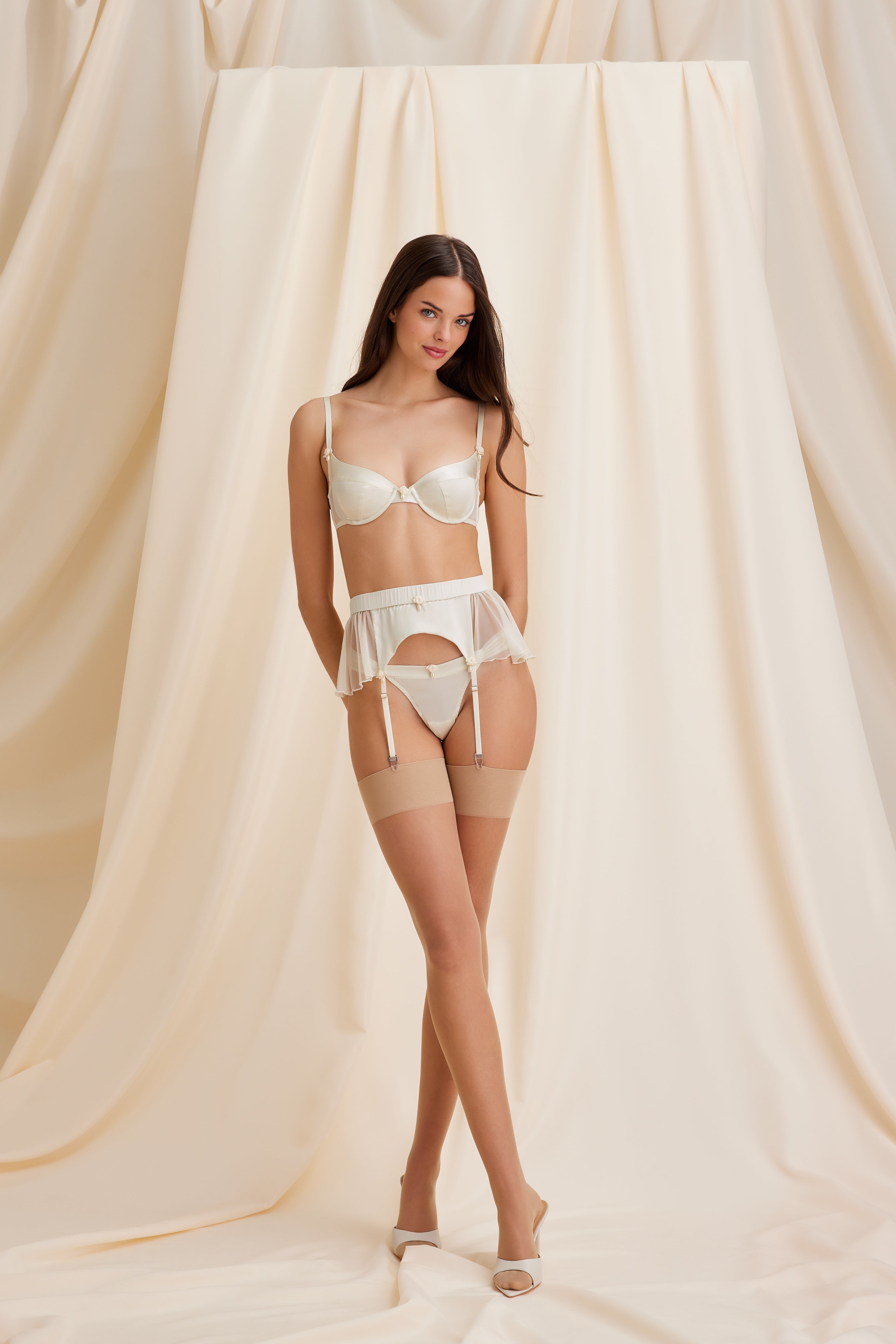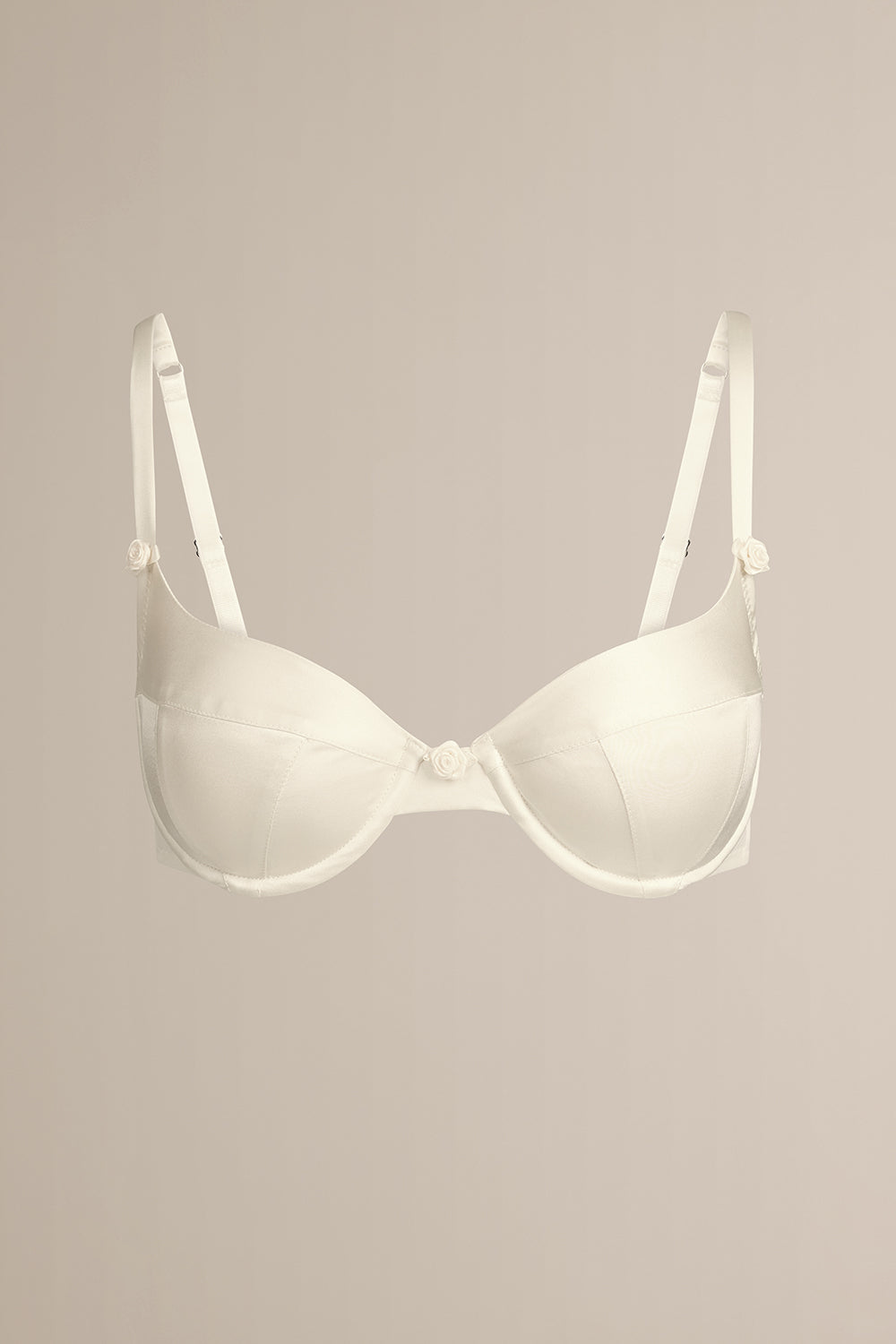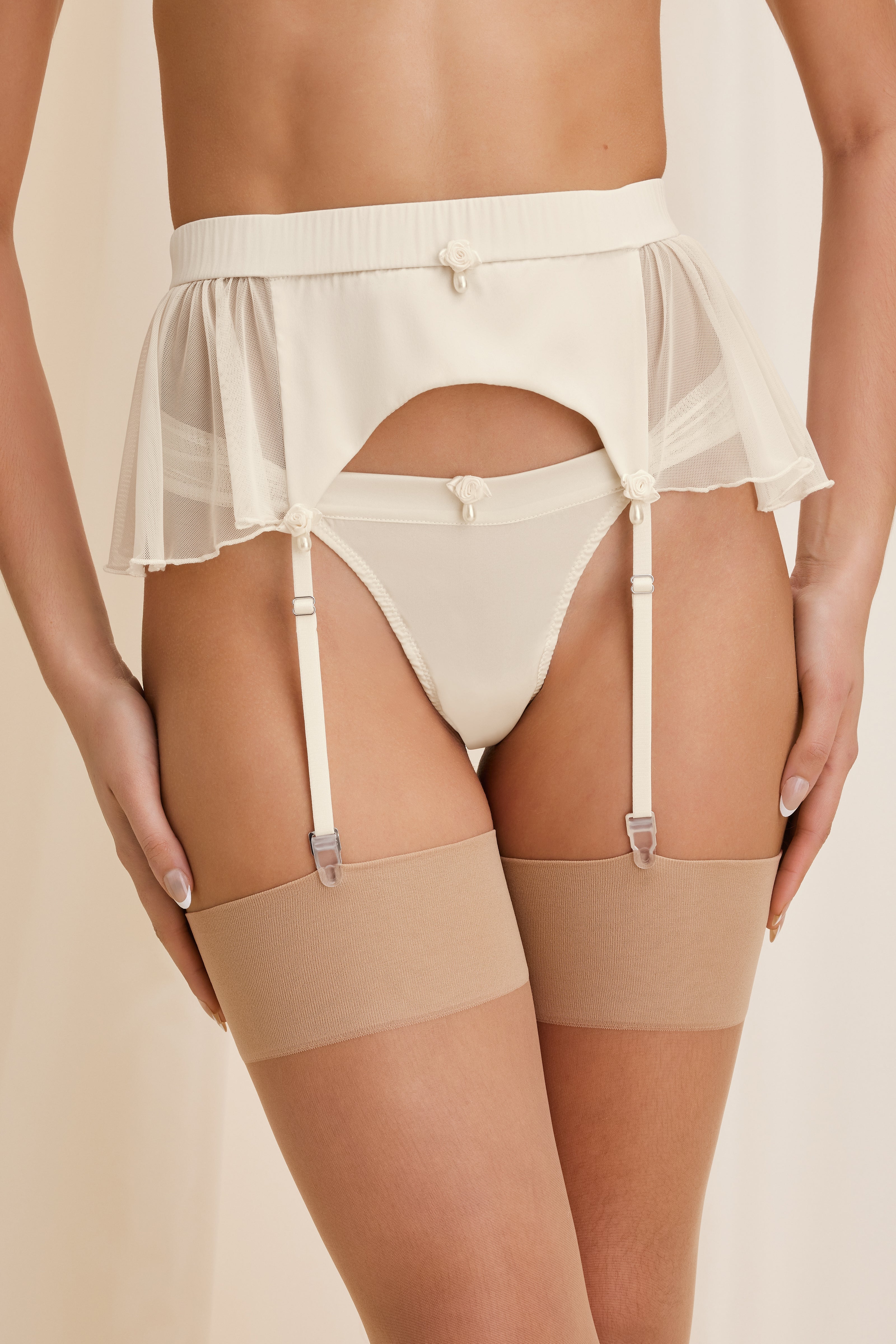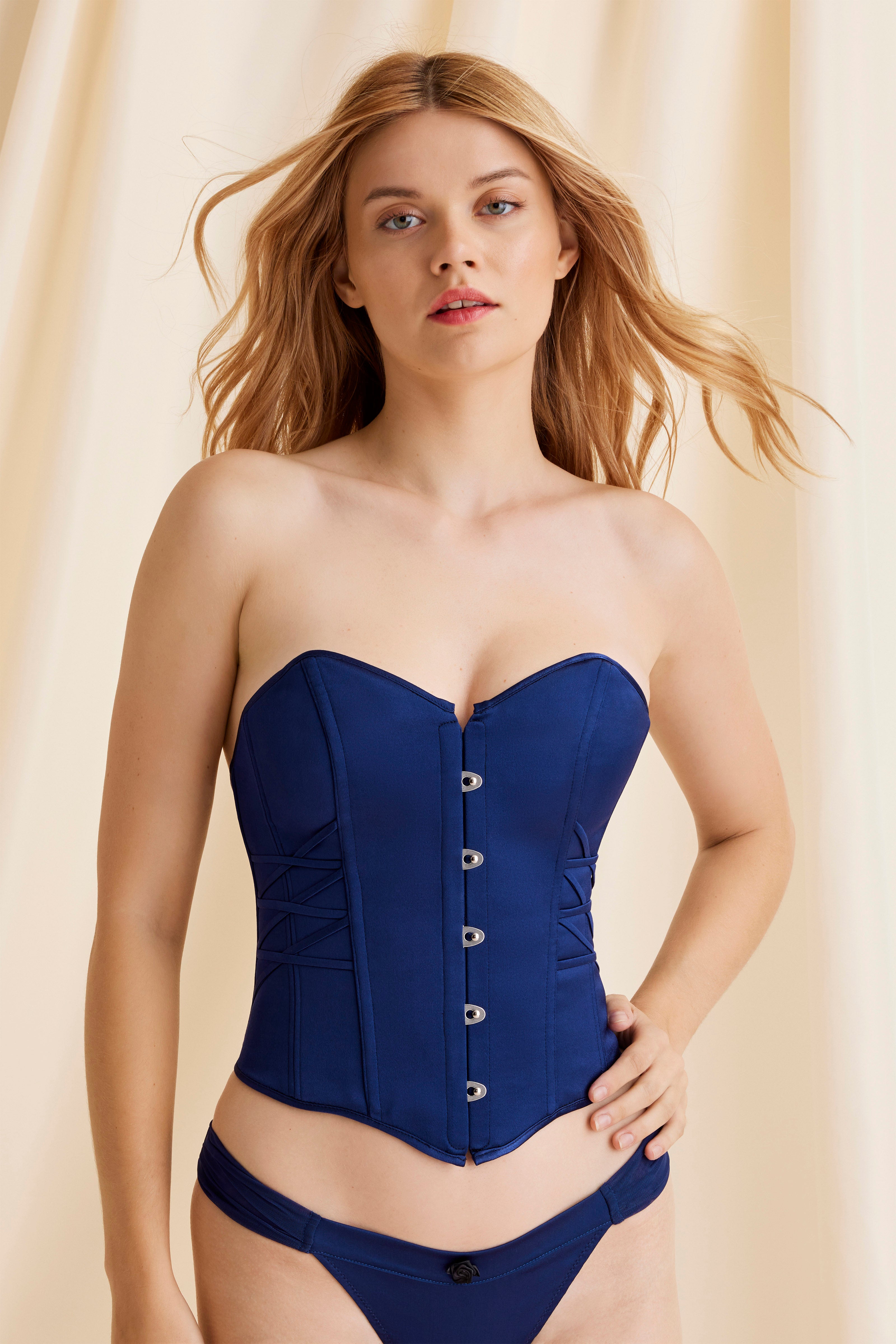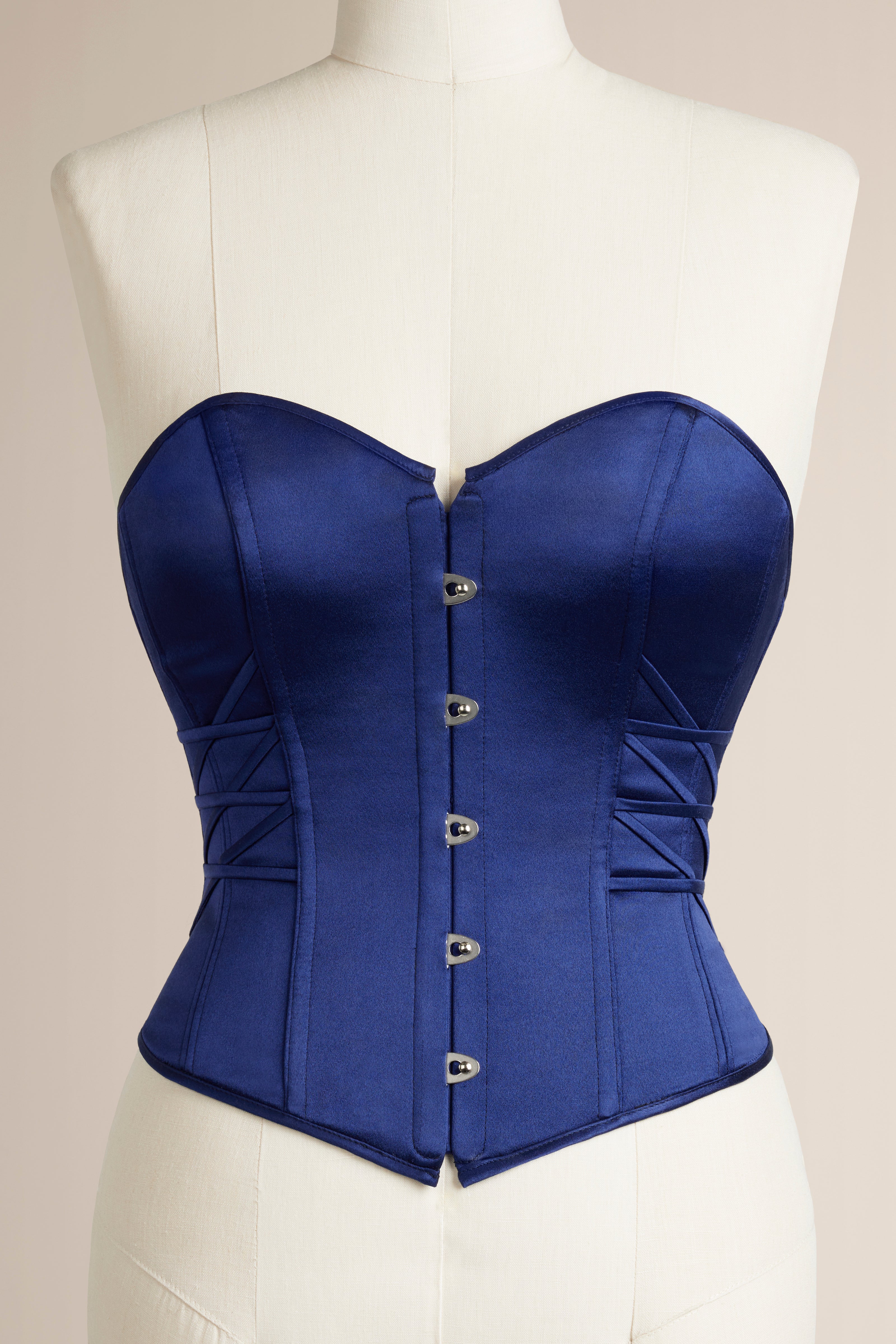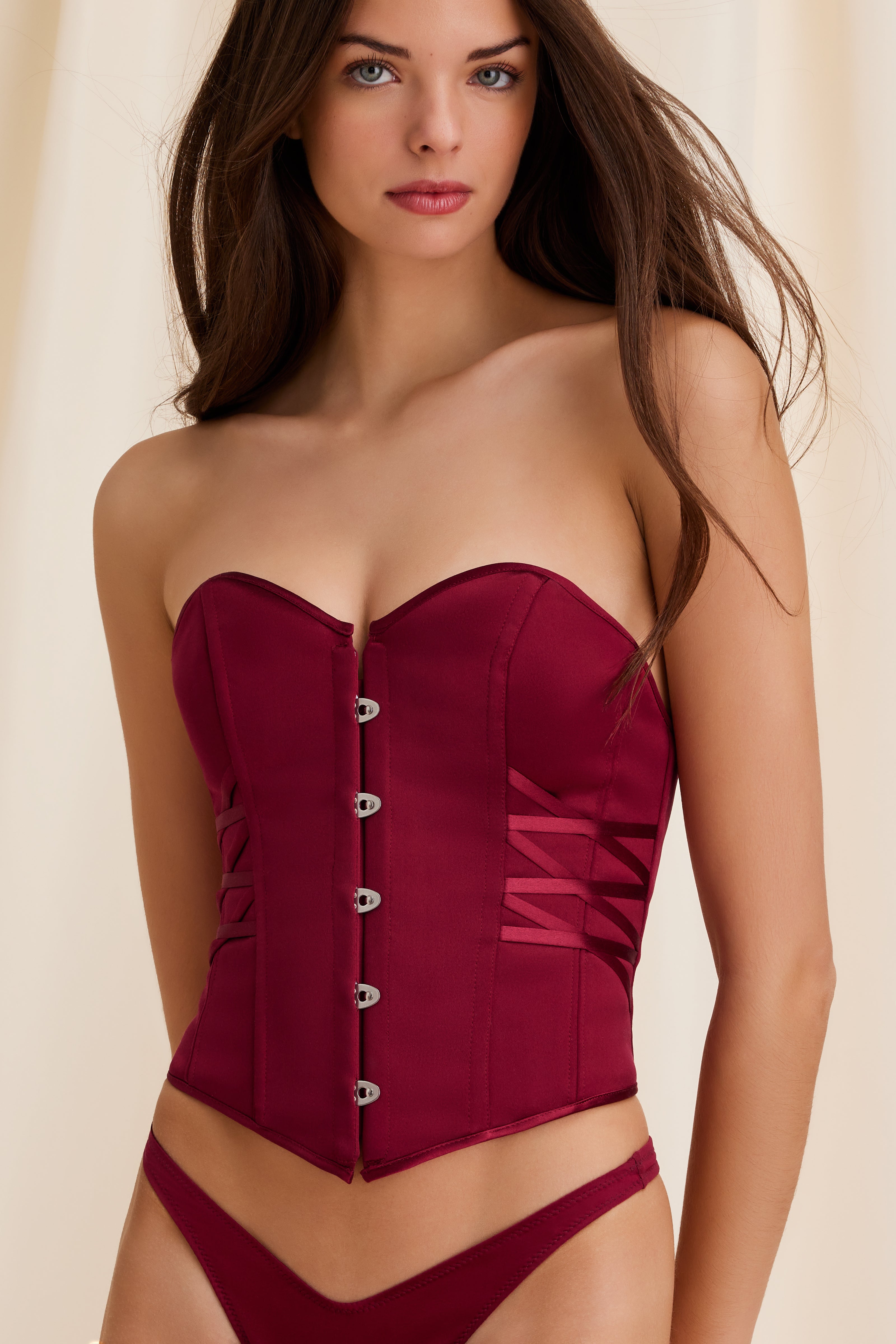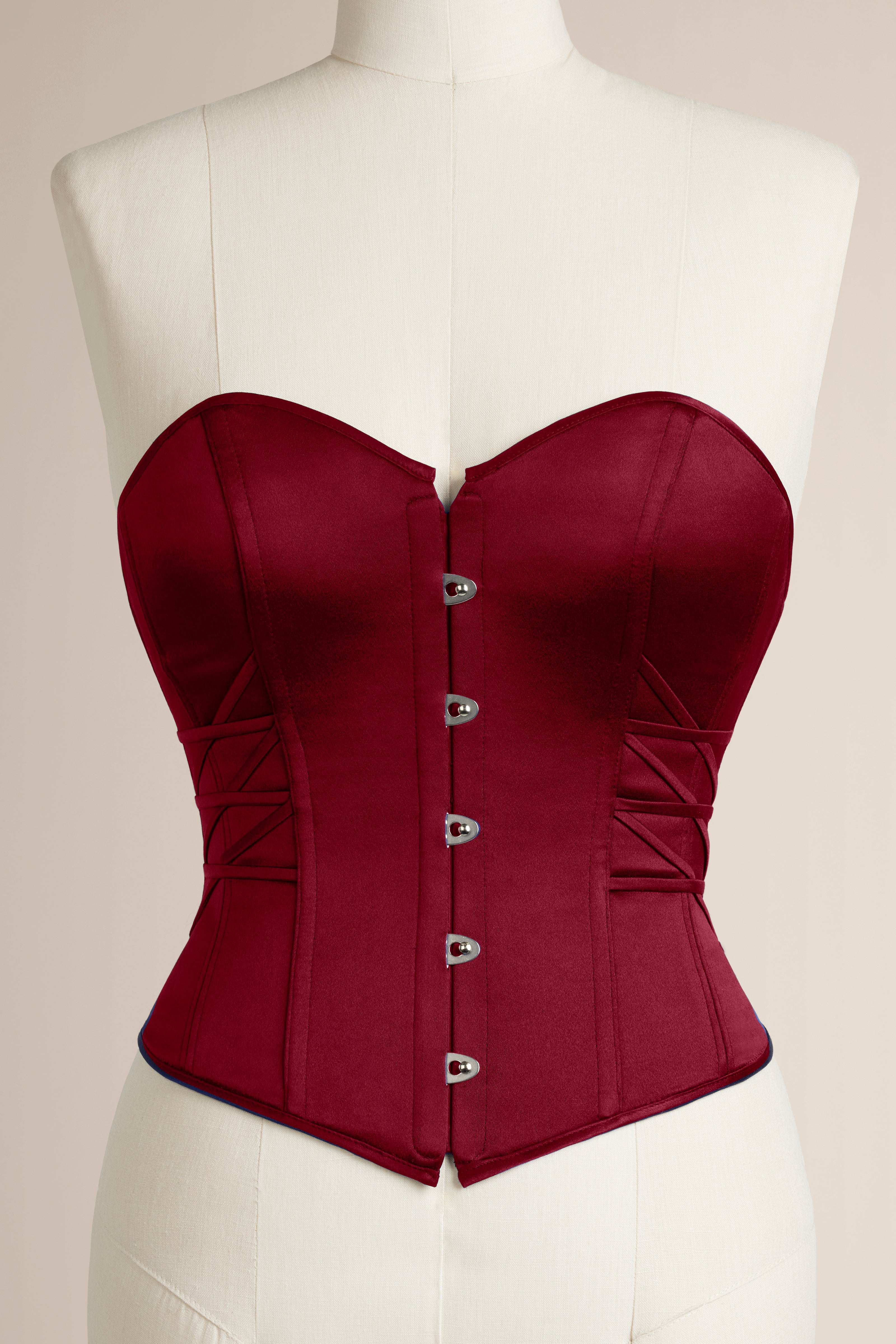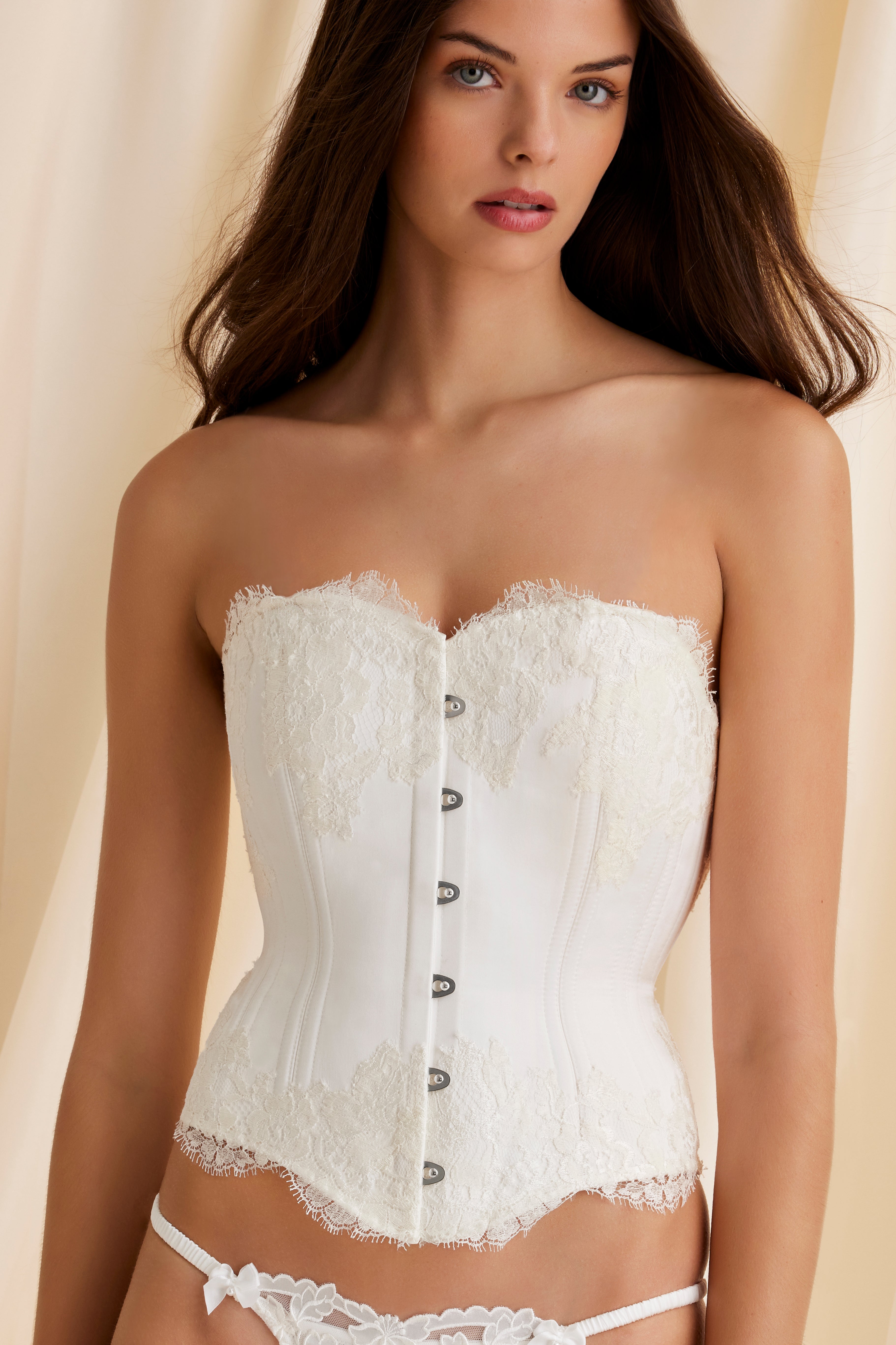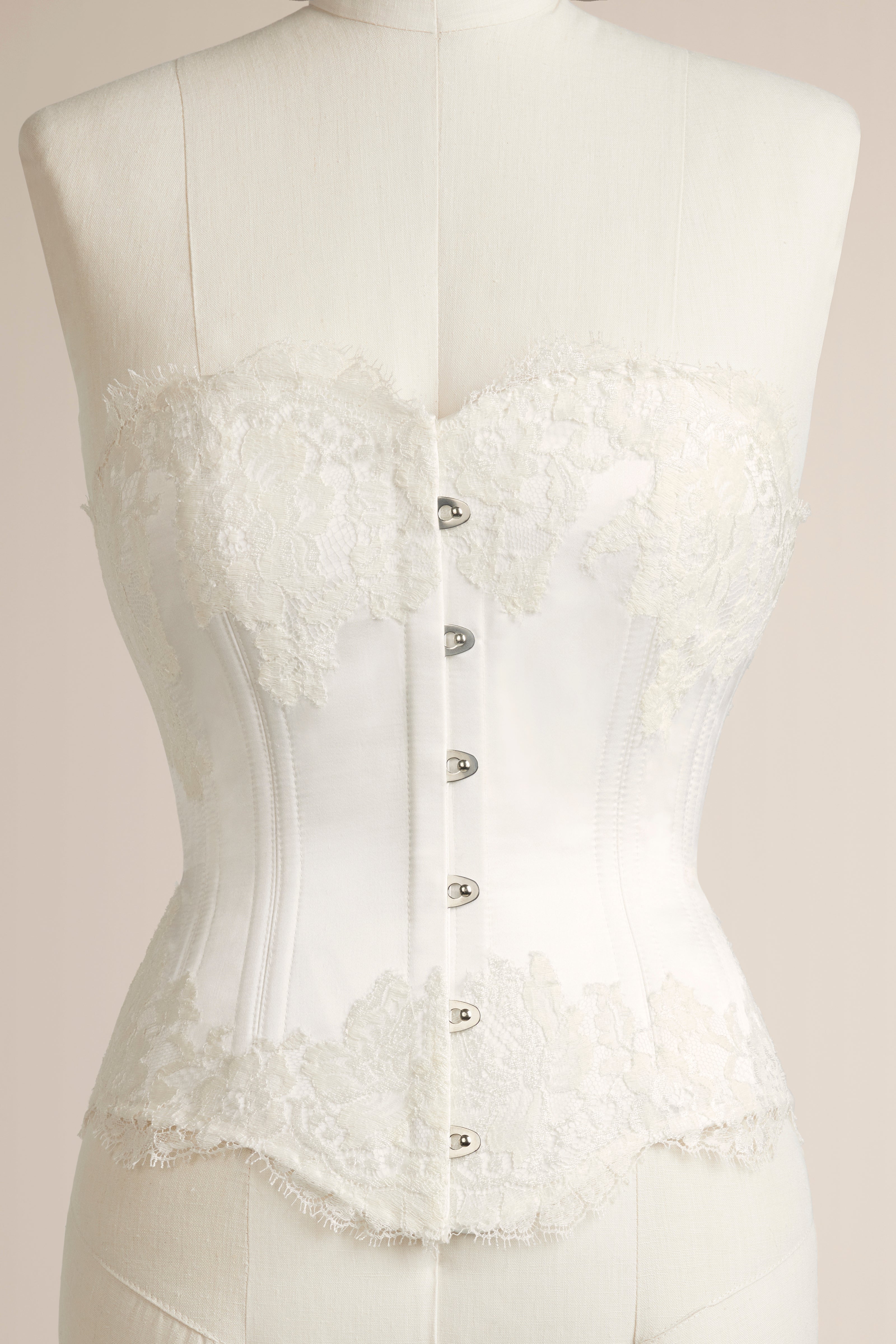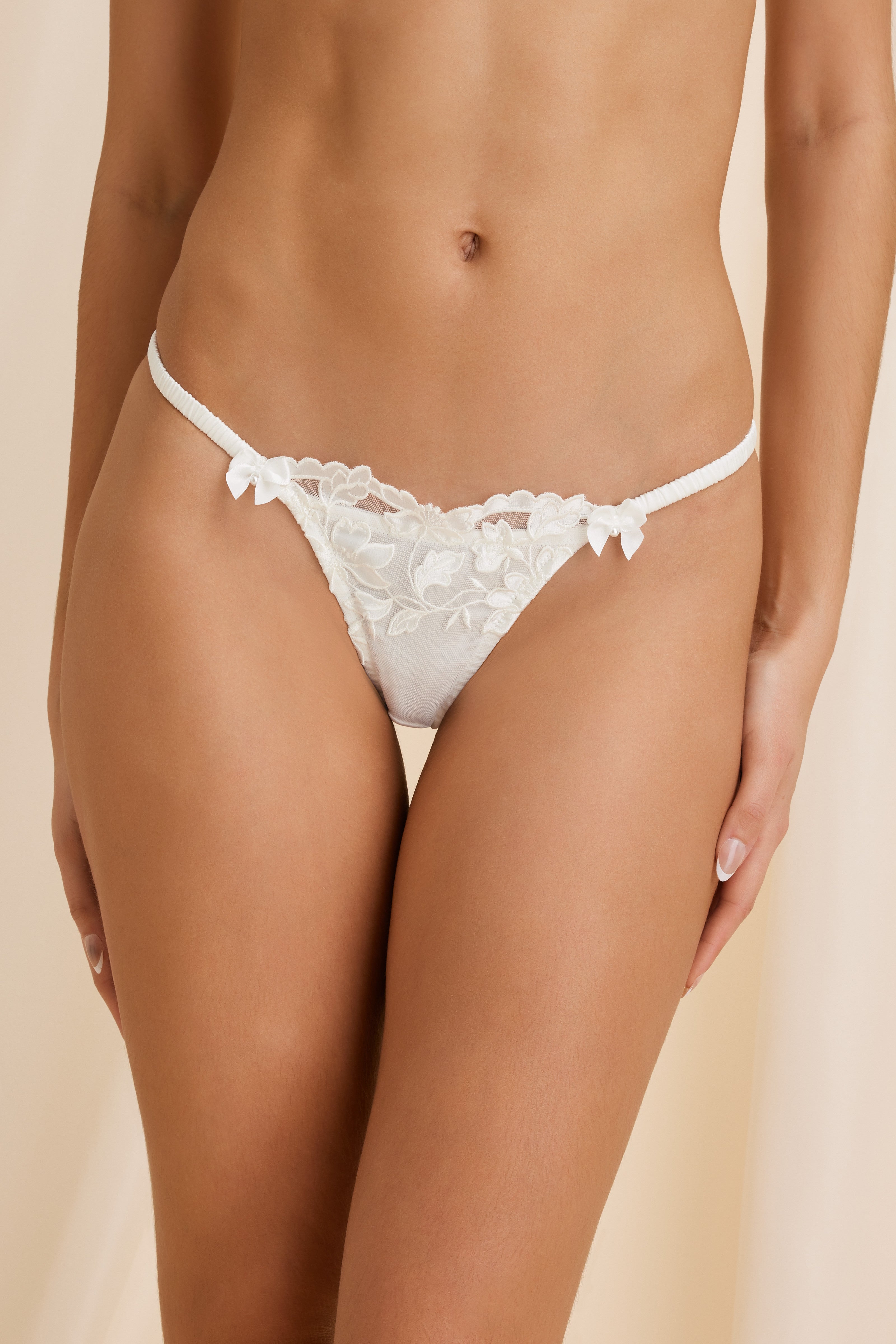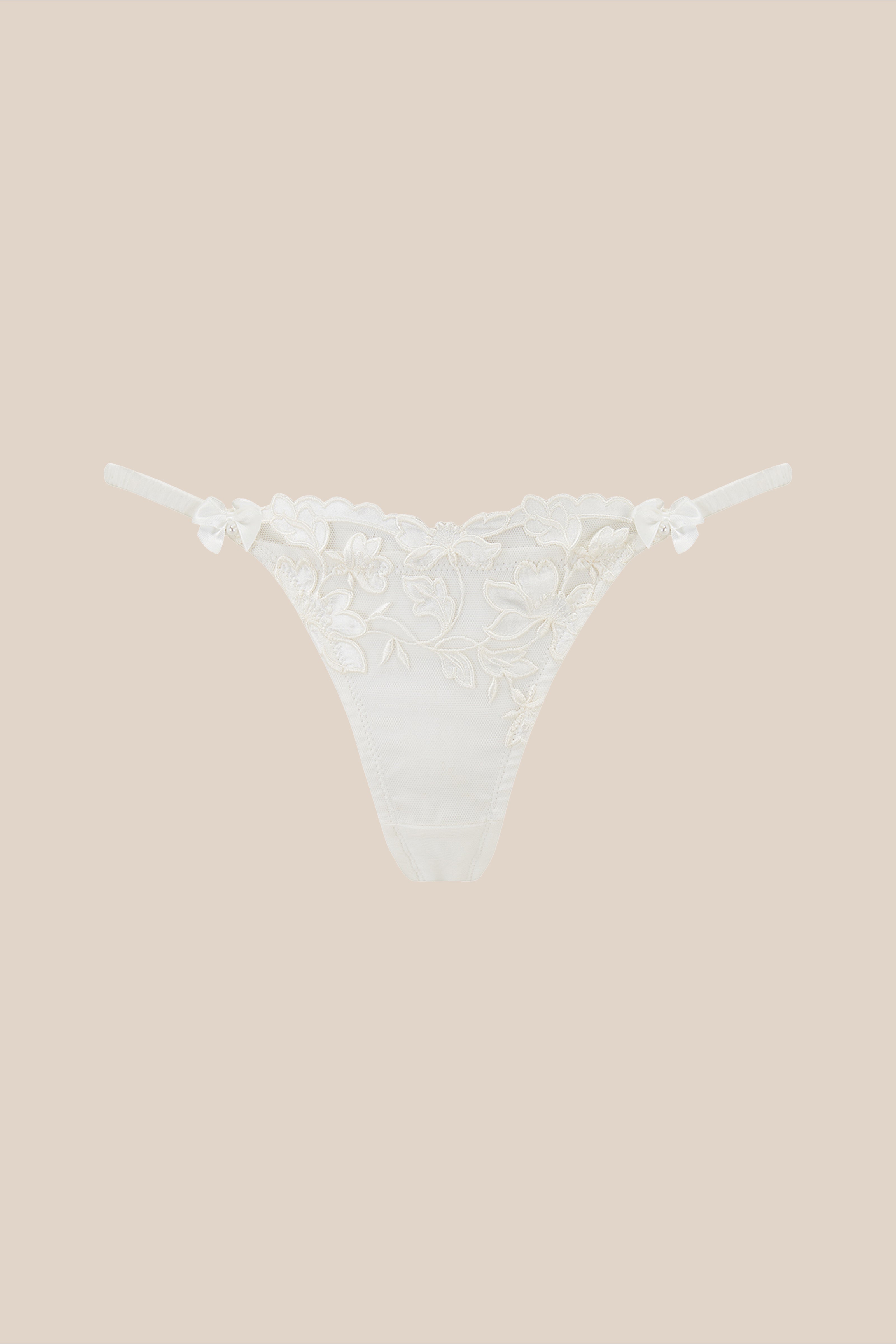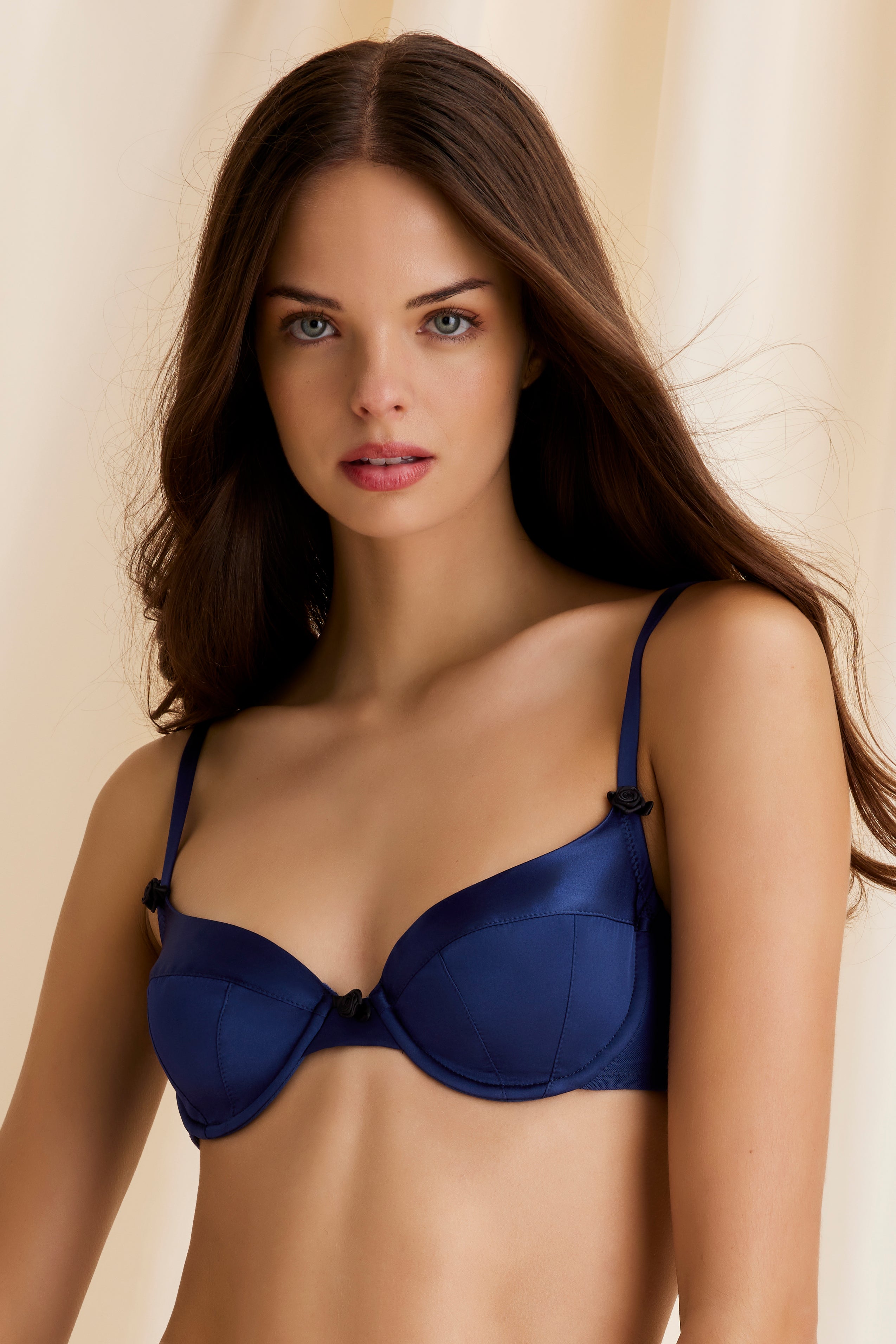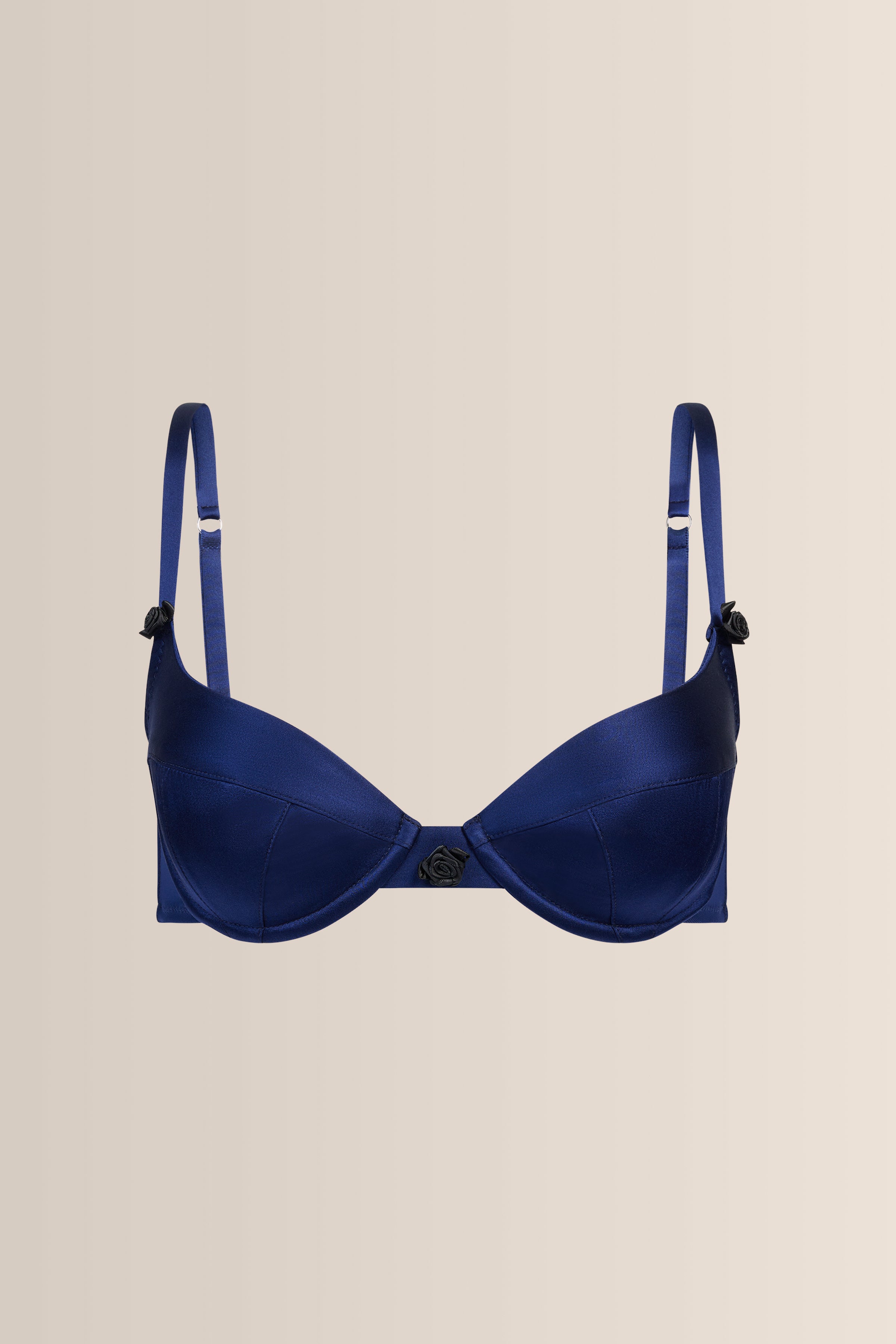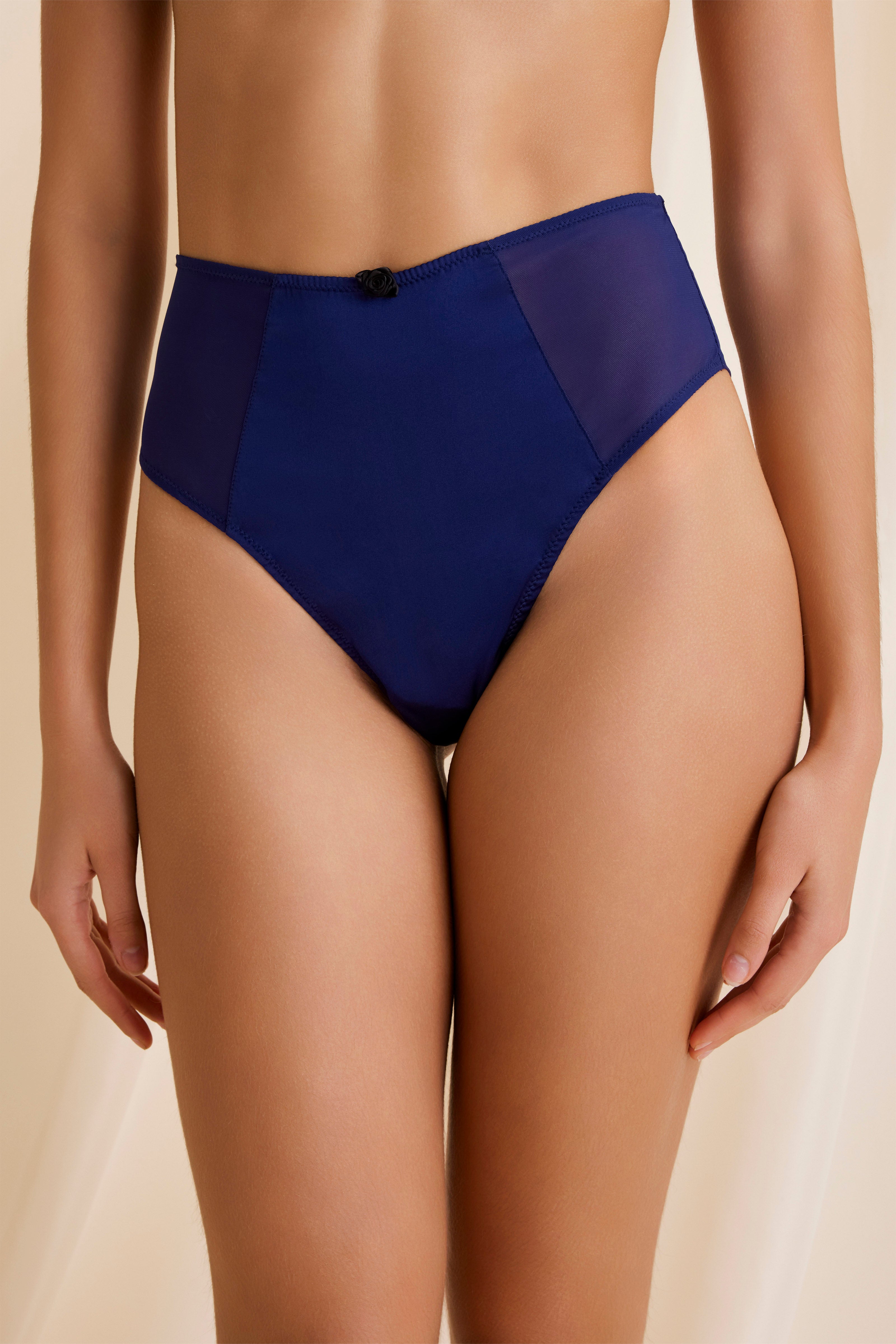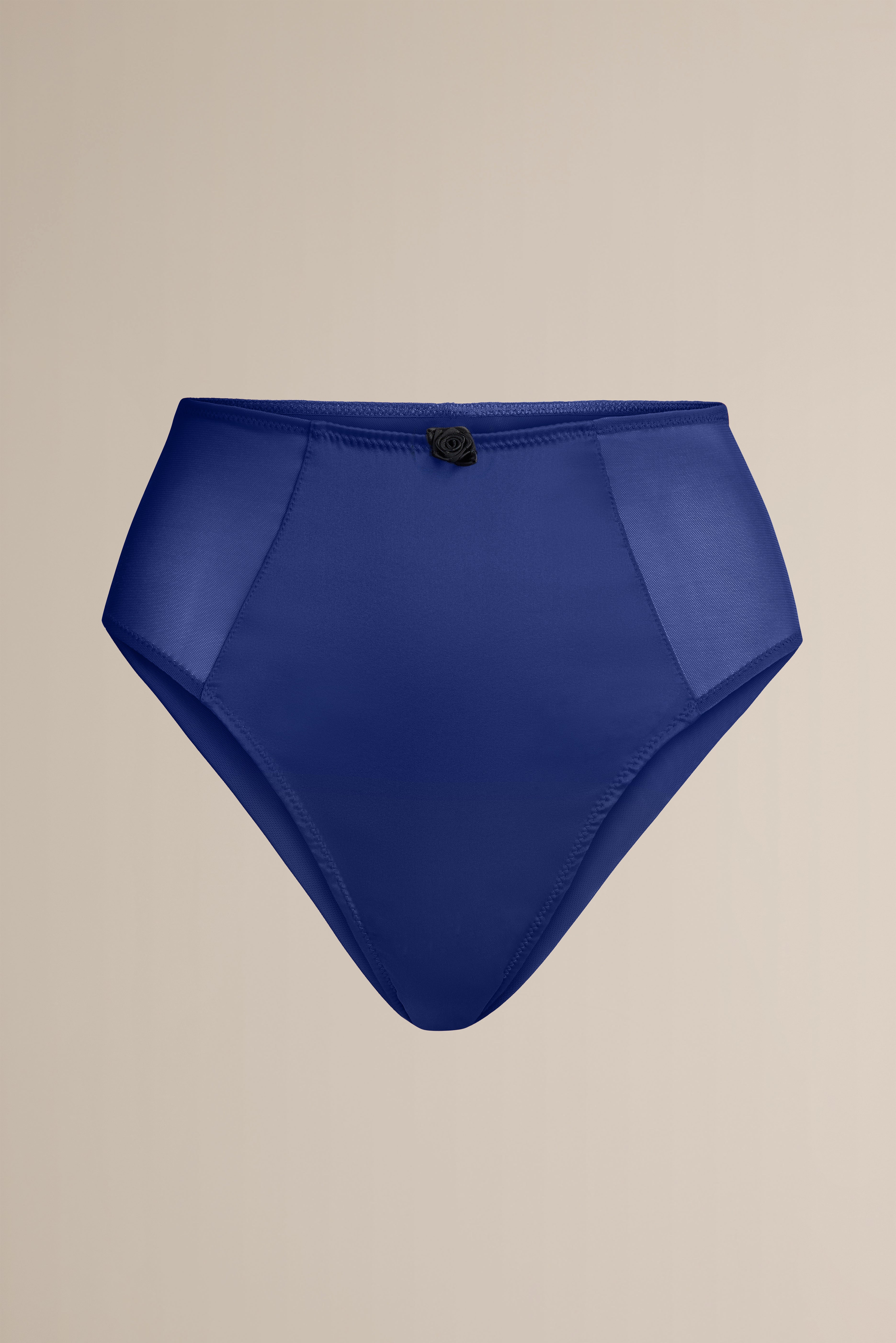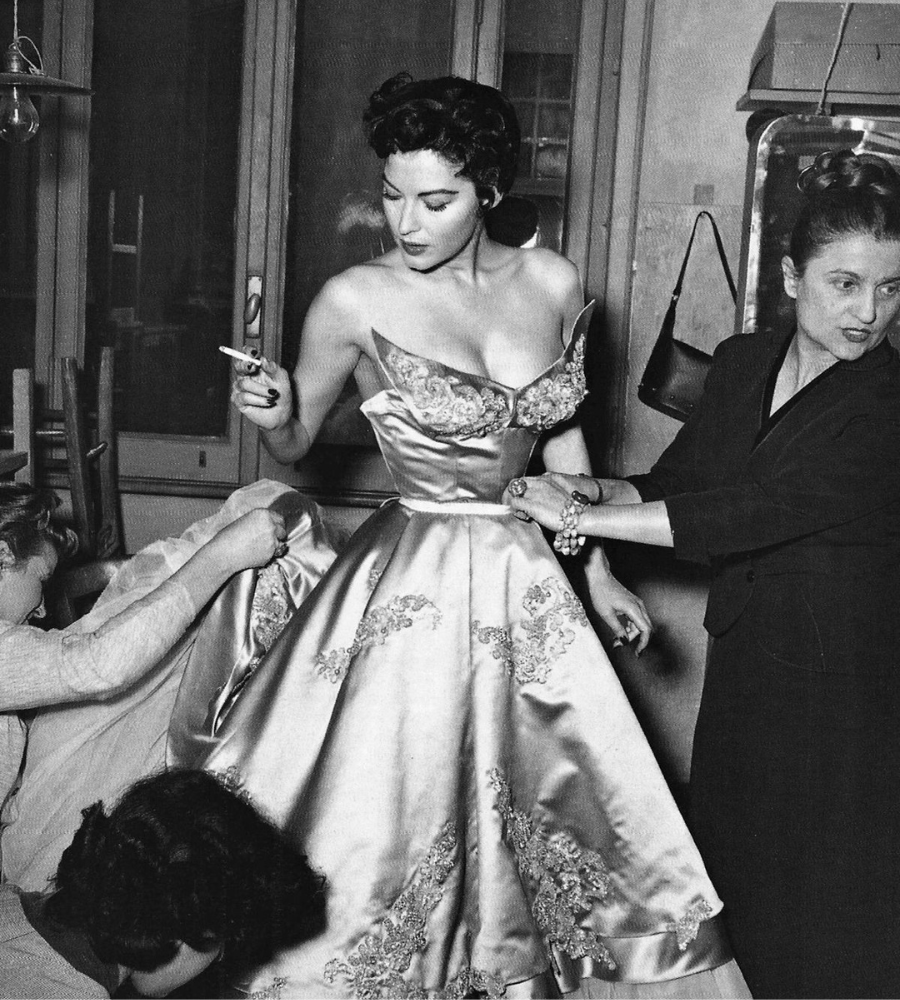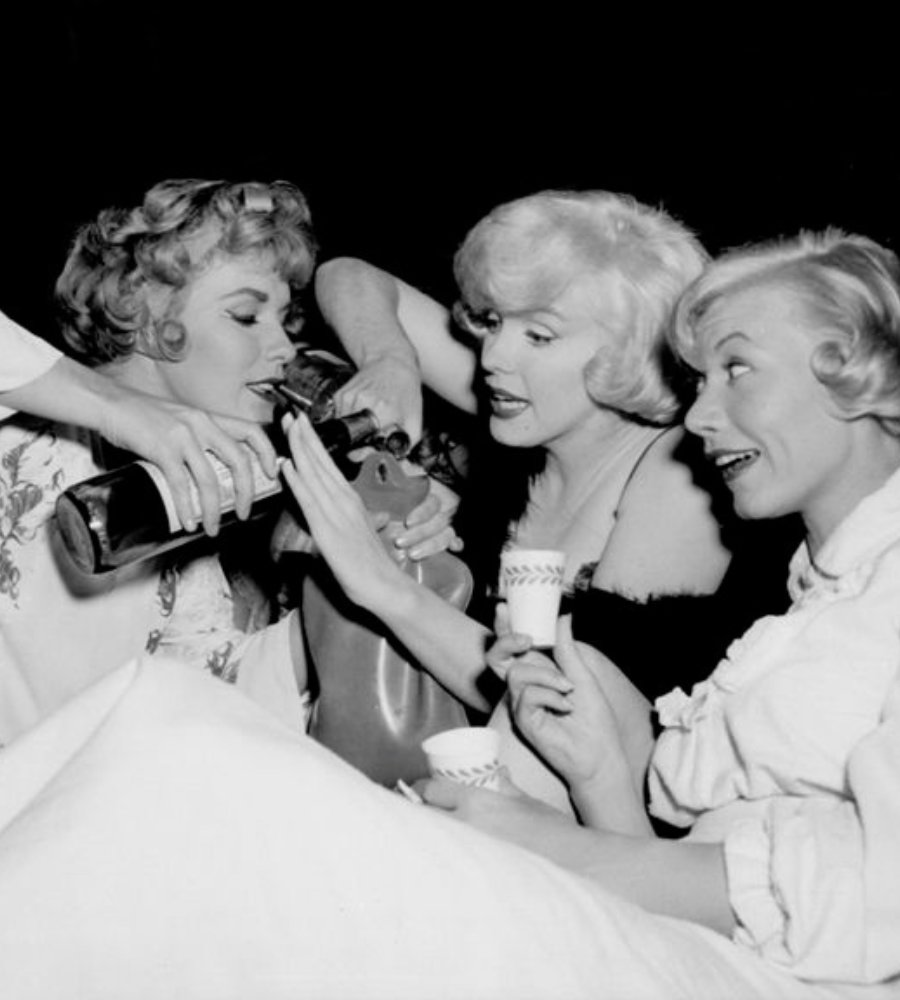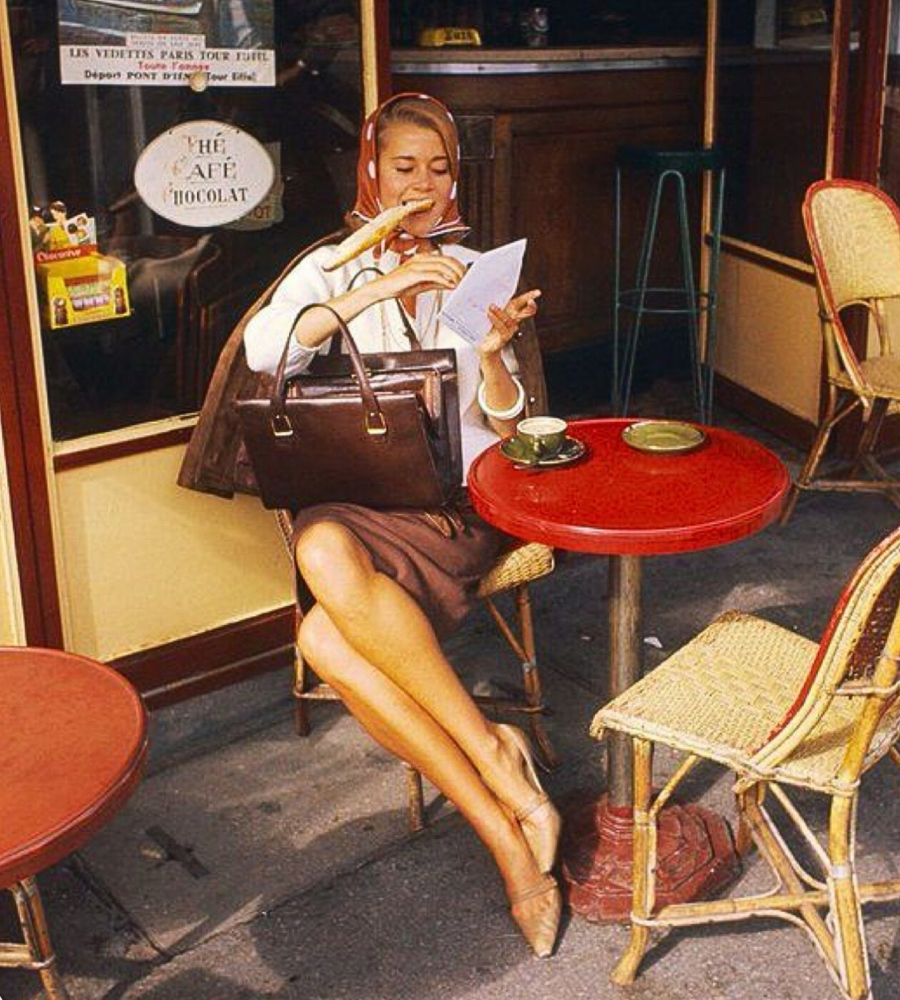Join Scarlett Gasque as we delve deep into the evolution of lingerie, decade by decade and explore just how much undergarments have undergone throughout the past 100 years and how we were inspired for our debut collection…
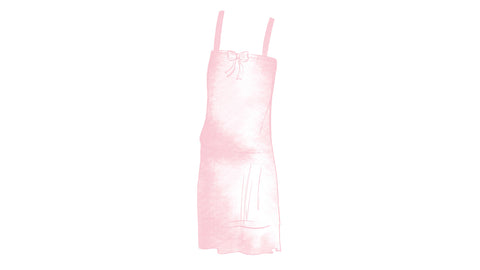
THE 1920s
The roaring twenties were all about prosperity and hedonism; the war was over and everyone was keen to celebrate. Jazz bars, nightclubs and cocktail bars were a-buzz every night of the week and people began to feel that they could truly express themselves after the rigidness of the Victorian era. Men shaved their beards, women cut their hair into sharp bobs, and fashion shifted to favor more straight and boxy silhouettes, with smaller hips and breasts becoming the idealized body type in this decade. This created a market demand for chest-flattening and bandeau bras which kept everything tucked out of the way and enhanced the straight and slender body type ideals. The ‘step-in’ chemise was the most popular undergarment of the 20s, especially loved by the flapper girls and often made using fine silks and rayons - a great middle-class alternative to silk that was easily dyed and just as soft. Corsets were still worn in this decade over the top of chemises that would help to create the more straight shape that was idealized, however, they were decreasing in popularity. This was due to what was happening culturally in this decade. Women had entered the workforce en masse the decade before during WWI and they quickly realized that corsets were too restrictive and could hinder easy movement needed in factories or when driving a car. Rebellious flappers wouldn’t wear corsets at all and embraced the more relaxed and loose-fitting undergarments. Girdles also still existed in the '20s, just in a different form. The purpose of the new style was to slim and flatten hips for a more androgynous figure, instead of the ultra-curvy silhouette that had been popular decades prior.

THE 1930s
In this decade, lingerie styles rebel against current trends as they move away from the straight figures of the 20s and a more feminine, curved body type comes back into fashion, with round bust shapes and natural curves of the hips being most women's end goal. Manufacturing and design innovation during the 1930s began to evolve, with intricate detailing becoming easier to mass produce without diminishing the quality, as well as concepts such as ready-to-wear and separates starting to formulate and popularize. Because of this explosion in design options and a shift in society's idea of the most desired body shape, bras evolved to separate, lift and support with the bandeau bra of the 1920s updating to include a panel to divide the breasts, enhancing their shape and size but with little support. You could now add cup inserts which provide support to women with larger busts, as well as an adjustable band in the back. Camiknickers or french knickers were high-waisted mid-length shorts with a flared open leg that were the newest products on the market and were very popular for most of the decade. A step-in chemise could be worn over the top to create a smooth and supportive combination that still afforded easy movement for both dancing and driving. Briefs appeared in the mid to late ’30s and were the base for modern panties as we know them today. Briefs had a high waist with a ribbed leg band that circled the thigh and were marketed to younger women as a more relaxed alternative, however, the plain knit varieties were not pretty enough for trend-conscious youths in their adolescence.

THE 1940s
In the 1940s, the world was greatly impacted by WWII and rations were introduced which meant that women were unable to purchase new lingerie when theirs were worn or damaged. Many women would paint or draw seams along the backs of their legs to mimic stockings. Also with many women entering the workforce while the men were at war, more practical styles of underwear became popular with a special corset designed for the Auxiliary Territorial Service and Women's Auxiliary Air Force. Strapless bras were introduced as well as the standardized cup size and band measuring system which was quickly adopted by the entire industry. The soft and rounded bust shapes of the 30s evolved into a much more sharp and pointed cup in the late 1940s, becoming the dominant shape into the 1950s. Although the underwear bra was invented in the 1930s, metal rations during the war meant that this style didn’t pick up more popularity until the middle of the decade when shortages ended. These bras offered even more support than previous styles and also meant that bra straps didn’t need to be as thick as before which eventually led to the invention of adhesive bras that came in two parts, allowing for plunging necklines and backless dresses to rise in popularity towards the end of the decade.

THE 1950s
Similar to the 1920s, postwar people wanted to embrace feeling joyful, carefree and glamorous. After years of rationing and uncertainty, women craved full-on glamour looks and styles in the 1950s. With fabric shortages of the 1940s at an end, skirts and dresses became fuller, and petticoats with many ruffles and layers were a new staple in many women’s wardrobes adding to the feminine romance of this decade. The lingerie in these years moved away from thick fabrics and embraced sheer, flowing and light materials as well as nylon. Nylon was a relatively new fabric and cheaper to produce than previous fabrics, allowing brands to offer more color options so women could express their individuality and sexuality with vibrant reds and daring prints. Pin-up girls such as our style inspirations Bettie Page and Marilyn Monroe were gaining international fame for their feminine physiques and risqué photoshoots, which paved the way for sexier lingerie to become more widely available and accepted. For ultimate glamour this decade embraced beautiful boudoir peignoirs, long sheer robes that were draped over the top of a woman’s lingerie or negligee, and bullet bras worn under tight jumpers were all the rage as they enhanced a woman’s curves. The 50s obsession with achieving the perfect hourglass figure also saw the invention of the bag bra, a push-up bra that required wearers to blow air into a tube that connected to an inflatable insert in the cup. Waspies were extremely popular in this decade too, an evolved design of the girdle that accentuated the hips but now came in bright colors and delicate lace detailing, made to be seen! But it wasn’t just busts that were getting a supplementary boost, a darling heart-shaped cushion that could be strapped onto your derrière called ‘The Secret Friend’ was introduced in this decade to give a lady’s behind a more rounded shape.

THE 1960s
As the 1960s came swinging in, so too did an era of sexual freedom and rebellion and whereas in the 50s women’s figures were nipped, tucked and enhanced for the desirable hourglass silhouette, the 60s embraced a more relaxed approach to lingerie which catered to a wider variety of body shapes. Lingerie patterns and prints became a lot more youthful, playful and experimental, matching the cultural attitude of this decade with an abundance of florals, swirls and soft pastel tones. There were also lots of ruffles, frills and bows reflecting the ever-growing importance of youth culture at this time and the increased popularity of the babydoll, emphasizing feminine youth and playfulness. The influx of stretch fabrics such as lycra afforded women easier movement and also gave their body shape less rigidity. However, one of the most important lingerie products to be invented in this decade was pantyhose or tights. Not only did pantyhose mean that garter belts or hold-ups were no longer required, but it meant that shorter skirts, such as the mini skirt which dominated the 60s, could now be worn with pantyhose. Another lingerie development that came about due to the higher hemlines coming into style was low-waisted briefs or pants, allowing women to also wear clothes that revealed a bit of a midriff and hips. Slips were still worn by women in more professional or formal situations, and a new girdle-like pettipant - a long and loose pair of shorts often with ruffles and made from cotton and lace - became the go-to for women who wanted a bit more modesty from their lingerie. Scarlett Gasque’s debut collection is heavily inspired by the whimsical and youthful trends of the 1960s, using soft pinks, buttery yellows and delicious powder blues to transport you back in time. Our pieces are adorned with cute satin bows and frilled hems to make you feel fresh, flirty and free - all key attitudes of the swinging 60s! Shop our dazzling debut collection now!
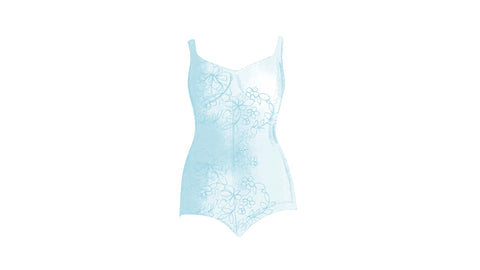
THE 1970s
Whilst the 1960s can be described as the domination of a youthful and rebellious culture, the 1970s is more mature and revolutionary, both politically and within the fashion trends that littered this decade. Social issues such as equal rights for women and people of color, environmental concerns and social activism seeped into many industries with many women poignantly burning their bras to symbolize their break away from patriarchal constraints. Lingerie brands evolved to stay aligned with shifting trends by inventing the nipple bra. This was a bra that offered all the comfort and support of a regular bra but with false, hard nipples attached to the cup mimicking the natural look of going braless which was extremely popular in these years. The ‘natural movement’ of the 1970s also meant more natural, earthy colors were used in undergarments, such as terracotta, dark green and stone, as well as an influx of flesh-colored lingerie, which was still limited in this decade. Also, seamless undergarments were now everywhere, not just in pantyhose or tights, to give the illusion of barely-there underwear in soft jersey textiles. One-piece bodysuits also became very popular in the 1970s, which were a better alternative for full body support and shaping without the time-consuming lacing and rigid fabric options of earlier decades. Pantyhose and pants now also had built-in “tummy control”, which helped shape the body without the skin feeling suffocated. Nightgowns and negligees also grew up compared to their ruffled 60s predecessors, becoming longer, sleeker and more fluid in their shape, with delicate lace and cotton details, feeling a lot more romantic and soft. Notably, 1977 was the year that lingerie retail titan Victoria’s Secret launched when owner Roy Raymond noticed that men like himself felt uncomfortable shopping for a partner’s lingerie in department stores.

THE 1980s
Women in the 1980s were finally believing that they could truly have it all; they could be part of the workforce and live independently without giving up their femininity and sensuality. With this came many experimental and contrasting trends in the lingerie industry. Feathers, lace and silk were still extremely popular materials used in underwear but now so too were latex, leather, metallics, velvet and many other dark and moody textiles that oozed power. The 80s saw a cultural obsession with fitness and activewear, and toned bodies with long lean legs became the desired body type. This is also reflected in changing underwear styles with high-cut pants to accentuate the legs and offer tummy support without restricting active movement coming onto the market. Bright neon bodysuits were worn at both the gym and the club, and the rise of the thong began. Although the thong was officially launched in the 70s by swimwear designer Rudi Gernreich, it wasn’t until the active 80s that the trend truly took off. Underwear as outerwear was a major and revolutionary trend of the 80s too, with pop stars such as Madonna and Cyndi Lauper leading the way with lacy corsets worn as regular tops. Also, fishnet stockings (and gloves) were everywhere and no longer restricted to being worn only in the bedroom. However, the 1980s were a decade of contrasts and whilst tough leather and lace were all the rage, so too were silky soft camisoles which came in a range of pastel colors and were often sold as a two-piece set with matching satin shorts. Ruffled teddies, similar to rompers or bodysuits, were also very popular and feminine, with thigh-high slits and thin straps. Although briefs had made an appearance in earlier decades, the rise of fashion brand Calvin Klein and their cotton briefs sparked a revolution in menswear and gender-neutral underwear, even though gender-neutral clothing as we know it today wasn’t fully understood.
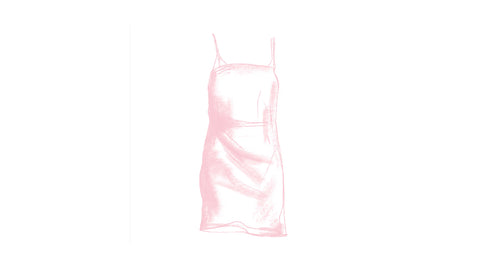
THE 1990s
The 1990s continued the 80s sexed-up and in-your-face attitude but was magnified. Corsets were still all the rage both in the bedroom and on the streets but now come in thinner and softer materials with less rigidity and a vintage flair, with cropped corset tops and unstructured bralettes that required no bra worn underneath becoming also very popular. Madonna continued to be a trendsetter in the 90s and pioneered the underwear as outerwear trend with her iconic cone bra, designed by Jean Paul Gautier which took inspiration from the cone bras of the 40s and 50s. The trend of repurposing past lingerie trends with a modern twist continues with the rise of the slip dress, no longer only worn as sleepwear but was now as a day dress, often with a t-shirt worn underneath. Sheer slip dresses with underwear fully visible was also a key trend, with fashionistas around the globe hoping to emulate Kate Moss’s risque naked slip dress moment in 1993. Lingerie became sexier than ever with the WonderBra, a push-up bra that was invented in the mid-20th century but gained popularity due to attention-grabbing marketing. The WonderBra aimed to support, strap and lift the breasts to create an in-your-face cleavage for full-on sex appeal. Also coming back into style was the three-piece set, with garter belts and suspenders beginning to pick up momentum in the late 1980s to become wardrobe essentials once again thanks to the popularity of lingerie brands such as Victoria’s Secret, which held their inaugural fashion show in 1995. The lingerie industry suddenly became high fashion, with brands such as Vivienne Westwood experimenting with fresh ways to create underwear and express their rebellious attitudes which influenced retailers and the wider market.

THE 2000s
Moving into the new millennium, fashion got experimental. This was a time of seemingly no rules; dresses were worn over jeans, bandage dresses ruled the nightclubs and if you didn’t leave the house wearing multiple layers and a dozen different accessories then you were deemed practically naked. Lingerie was no different, and the trend of underwear as outerwear was heightened to the point where the lines between apparel and underwear were completely blurred. The G-string and the thong dominated this decade and although they were initially designed to eradicate VPL (visible panty lines), women began to purposely show off and pull their thongs up from under their low-rise jeans and the whale tale was born. Purposely exposed underwear was a very popular trend with many women wearing bright, neon bras or pants under sheer tops or see-through white shirts, making their bold undergarments a statement and taking control of their sexuality. Bras with lace trim detailing on the cups would be pulled up from under tops and dresses so that the lace poked out and became a highlighted feature of the entire outfit. Lingerie was no longer reserved for behind bedroom doors and influenced other fashion categories. Nightie-like tops which were sheer and flowy with cup support were worn under blazers or out to lunch and big chunky waist belts were designed to look like corsets with adjustable strings for quick body shaping. Corsets continued to gain popularity in this decade but were now worn over the top of crisp white shirts to show off the contour of the body. The 2000s were all about less is more when it comes to showing skin but more is definitely more when it comes to accessorizing. Lingerie was a middle ground where it could either be part of the outfit, such as suspender straps and on-display statement bras, or underwear was another accessory, an extra piece to bring the outfit together to express your unique style.

THE 2010s
With the 2010s came the rise of social media and influencers which have forever changed the way trends appear and how the market evolves. Trends come and go a lot quicker because they can pick up overnight and reach all corners of the globe in hours. Thus, the market’s attention span has shortened and the rise of fast fashion has sunk its teeth into the industry. Whilst the ideal body type in the 2000s was slender, toned and slight, the 2010s shifted focus to thicker, more curvaceous body type ideals, with a heavy emphasis on the hourglass figure. This sparked increased consumer demand for shapewear and more figure-hugging underwear for the every day rather than just for special occasions. With this reinvigorated interest in shapewear, many women realized that nude lingerie did not cater for a wide range of skin tones which also opened up questions around diversity within the lingerie sector. This paved the way for lingerie designers to create lingerie in a wider range of sizes and skin tones to include lingerie lovers from all walks of life, and many women began to criticize fashion’s trend of focusing on and promoting one particular body type ideal every few years. Conversations around inclusivity also revitalized a market interest in bondage-inspired lingerie with harnesses, straps and lace that were also popular in the 1980s. BDSM lingerie styles and silhouettes have their roots within two historically marginalized groups of people; sex workers and the LGBTQ+ community. Many of the bondage-inspired styles that took the lingerie world by storm were not necessarily new or innovative looks but had their origins in these underground subcultures of 50 years ago. Whilst lingerie trends were getting dark and moody, they were simultaneously becoming more casual and sporty with the increased popularity of fitness influencers and the impact of sneaker culture. Boy shorts, sports bras, yoga pants and leggings were now appropriate for coffee dates or errand running and lingerie became more relaxed and comfortable, with seamless underwear in soft, breathable fabrics such as lycra, polyester or nylon.

THE 2020s & Beyond…?
It may be slightly too soon to say what lingerie trends will dominate the 2020s, but we believe that a continued focus on sustainability and inclusivity will be key. After the COVID-19 pandemic of 2020, many people are craving that little bit of glamour that’s been missing from our lives since lockdown, so opulent detailing and vintage designs that harken back to a different time will be trends to watch. Although corsets have remained a fashionista favorite since the 1980s, with the rise of trends such as ‘ballet-core’ and ‘cottage-core’ corsets are now a wardrobe must-have. During the Oscar Awards 2023, we couldn’t help but notice an abundance of celebrities rocking corset-inspired structured dresses, such as Halle Berry’s aquamarine corset dress, Mindy Kaling’s deconstructed white corset ensemble, to Lady Gaga’s sheer dress revealing the bones of her corsetry. Not only is underwear as outerwear a celeb-loved trend, but corsets in particular are littering red carpets worldwide! Shop Scarlett’s exquisite selection of traditionally crafted corsets, designed to be seen!
Also, many consumers now want underwear and apparel that is multifunctional and can adapt as we move throughout our day. Our darling Arctic Queen Robe combines functionality with fabulousness, as it can be worn either as a house robe to keep you covered as you get dressed or it can be worn as an eye-catching statement coat to keep the winter chill away. The robe also utilizes faux fur and is responsibly made in line with our ethical standards to minimize our carbon footprint. Plus, its design is inspired by the sumptuous decadence of the 1930s and 40s, injecting some extravagant glamour into your life! Shop our Arctic Queen Robe now

